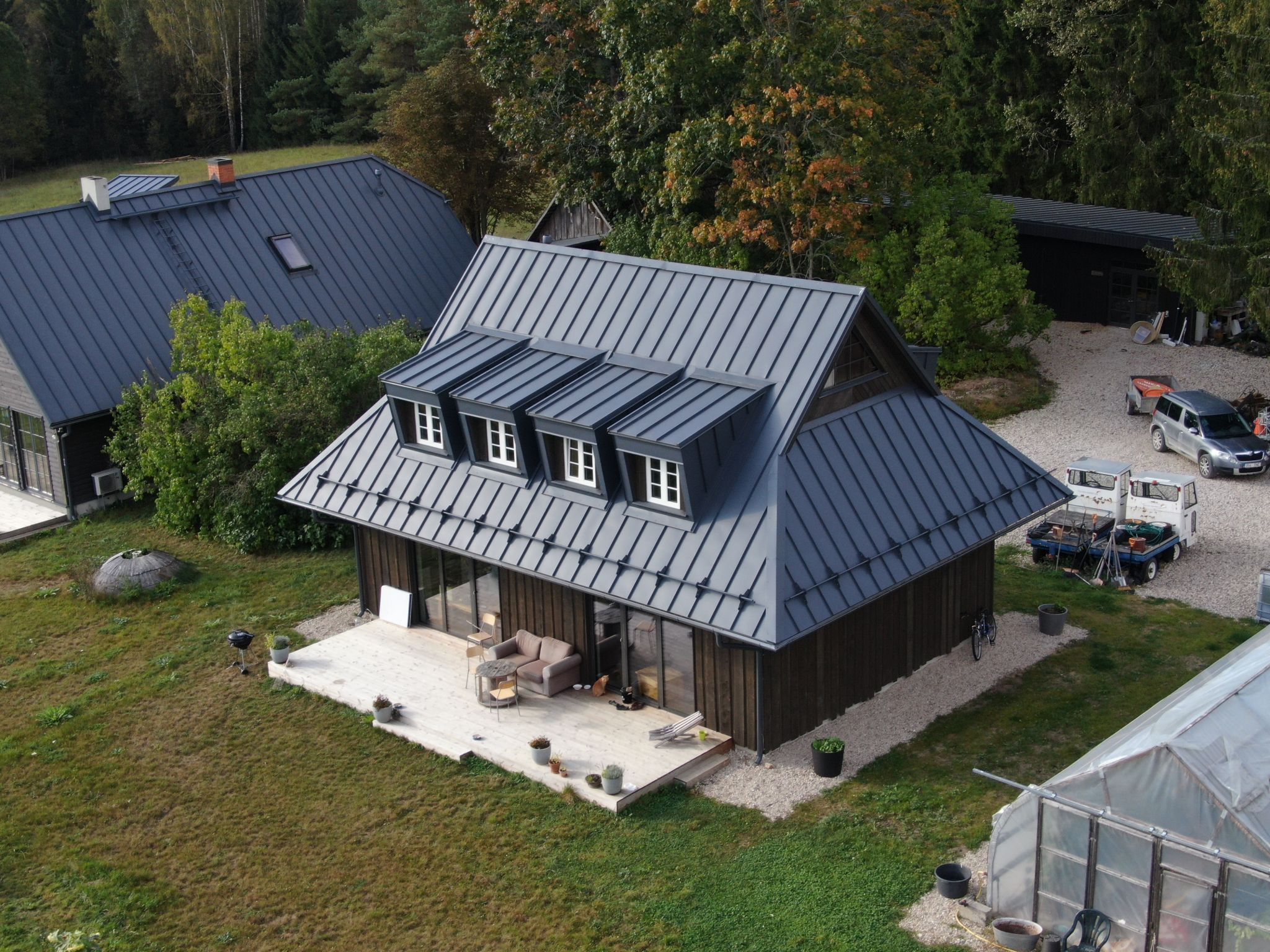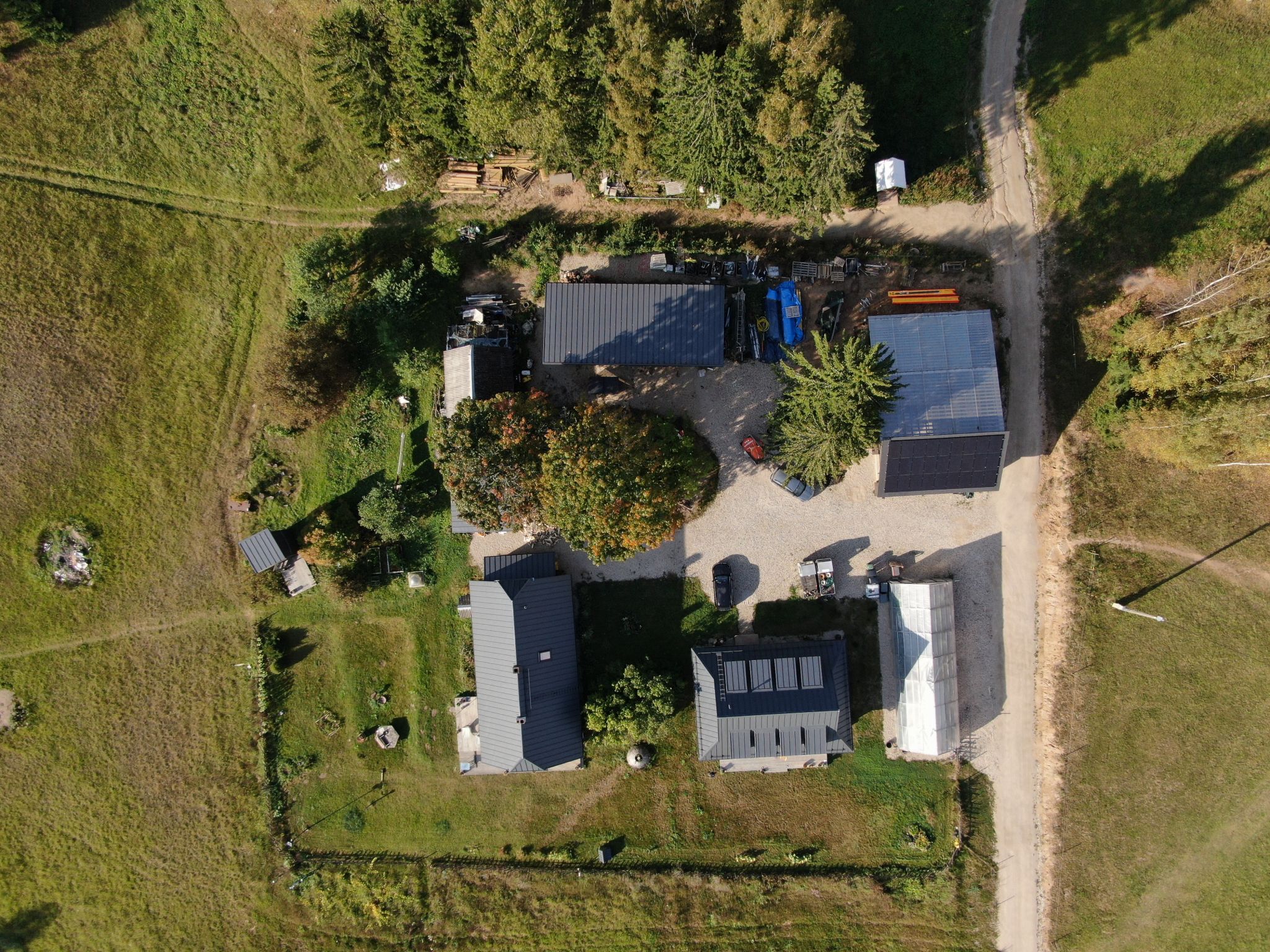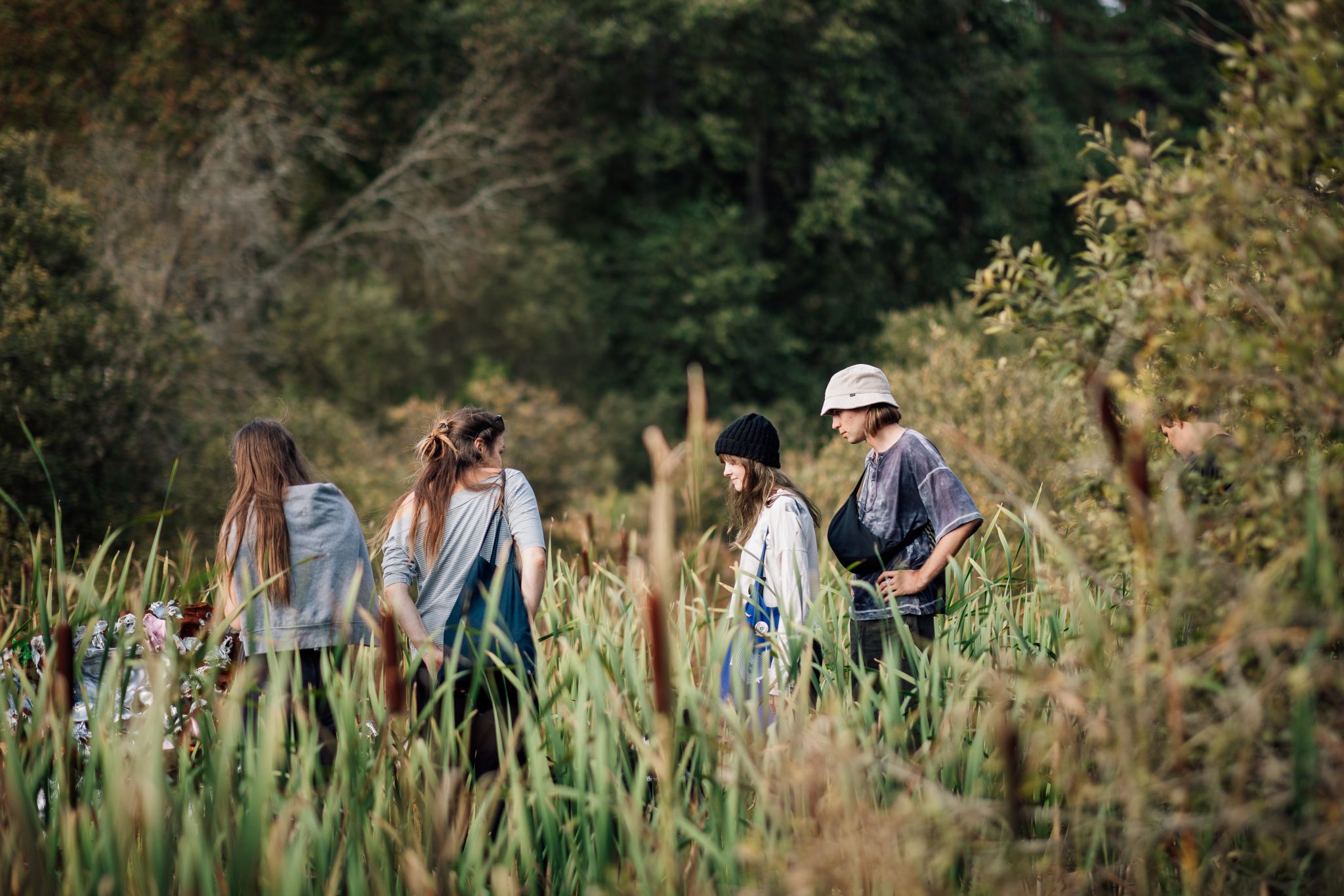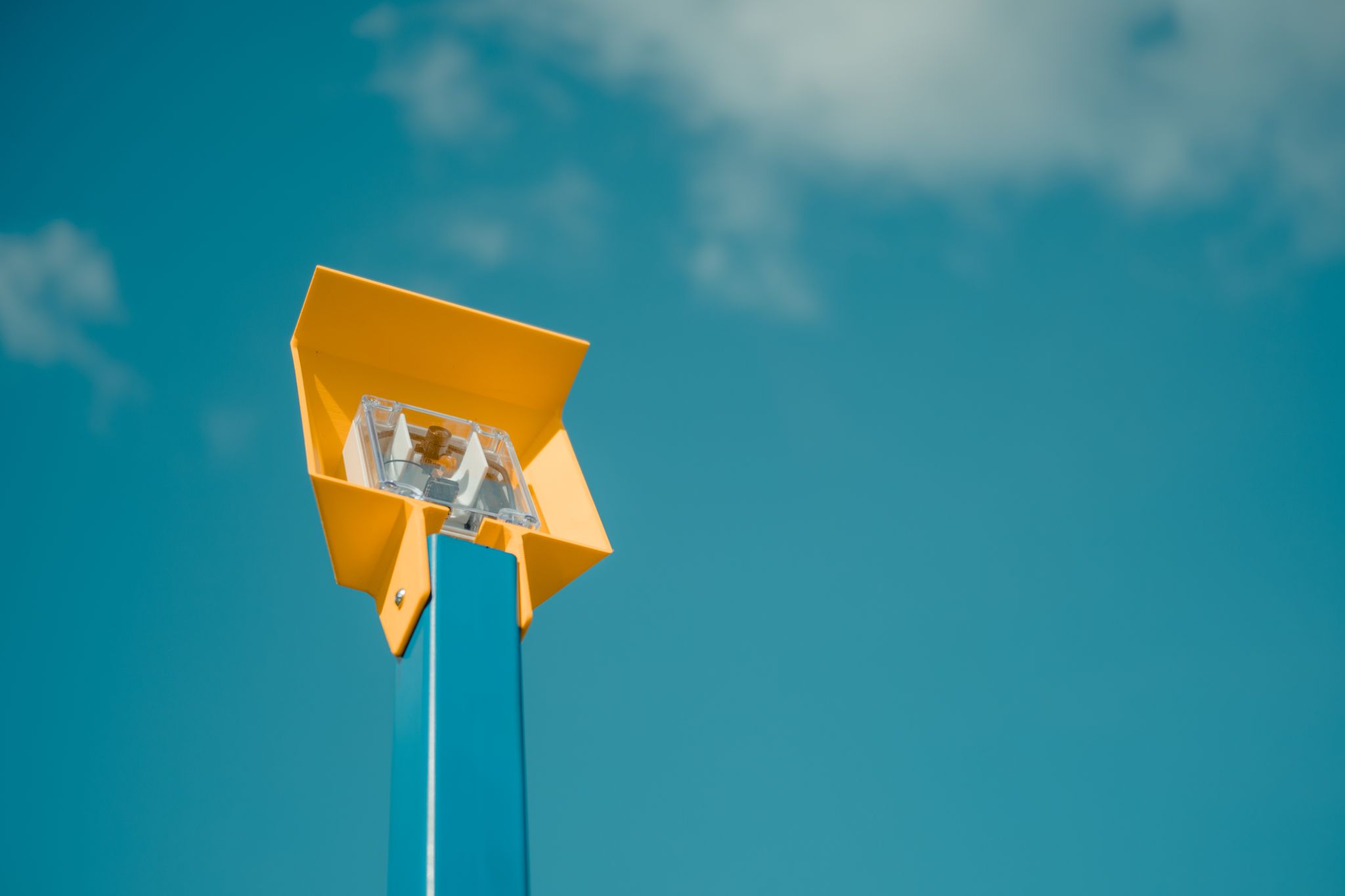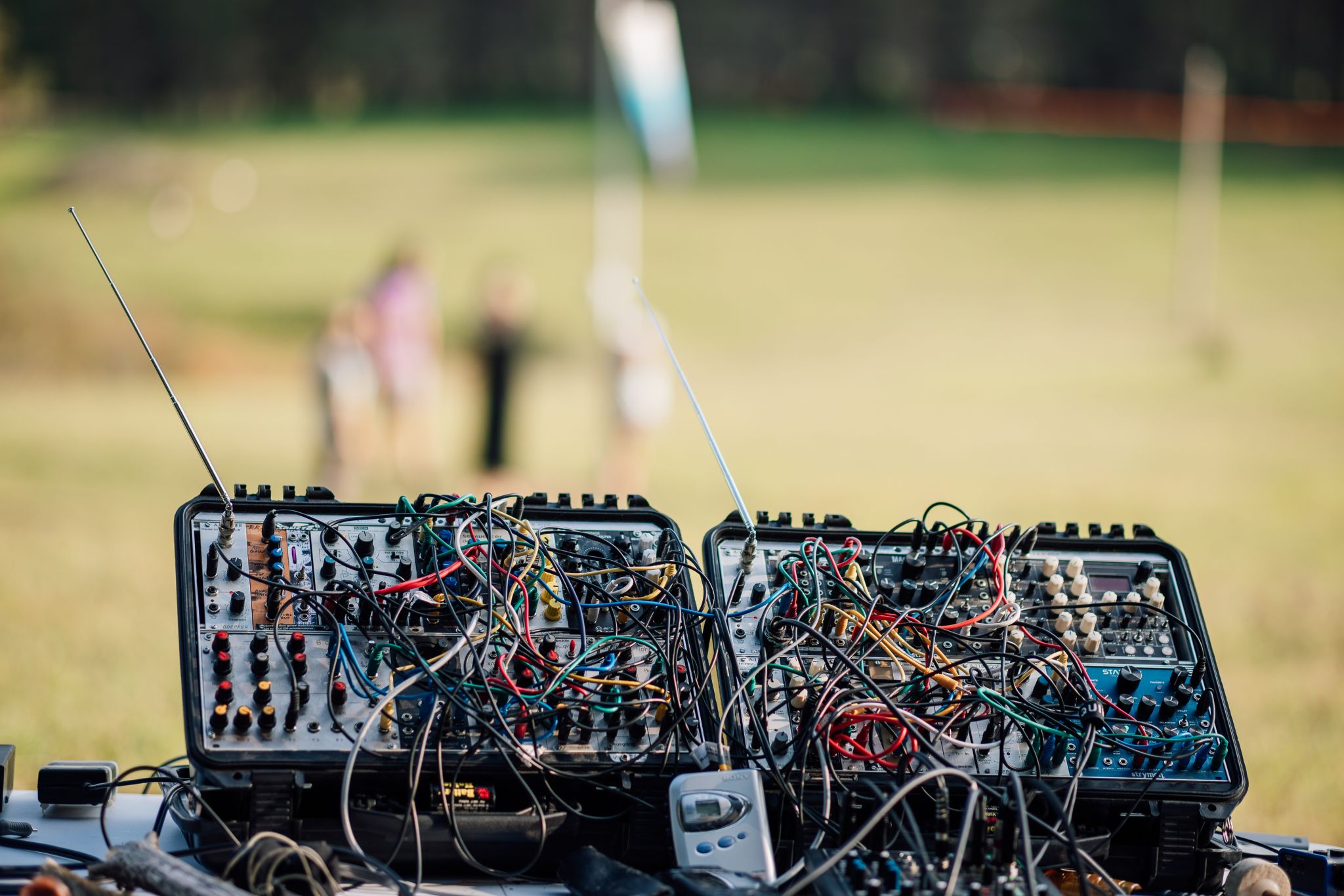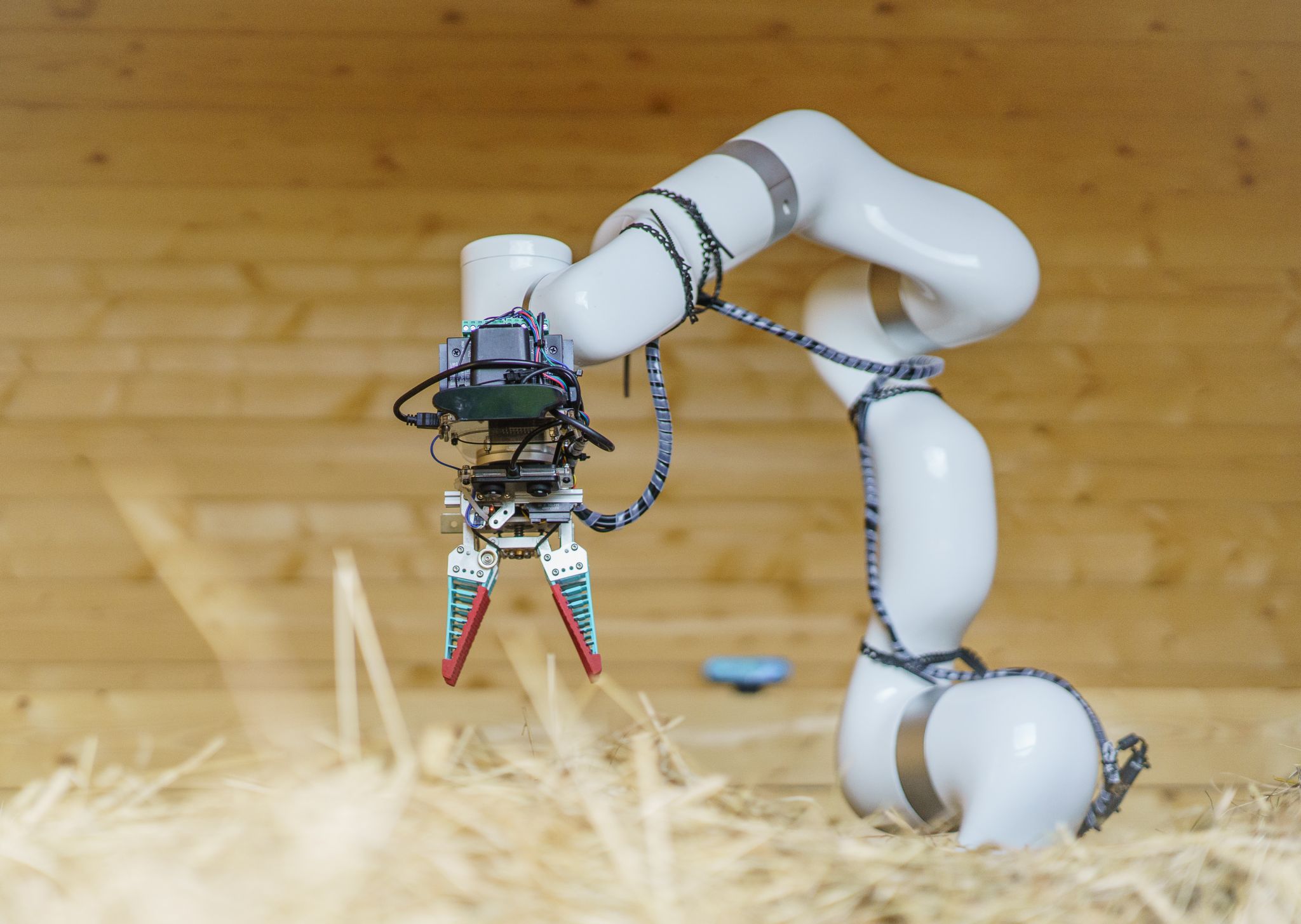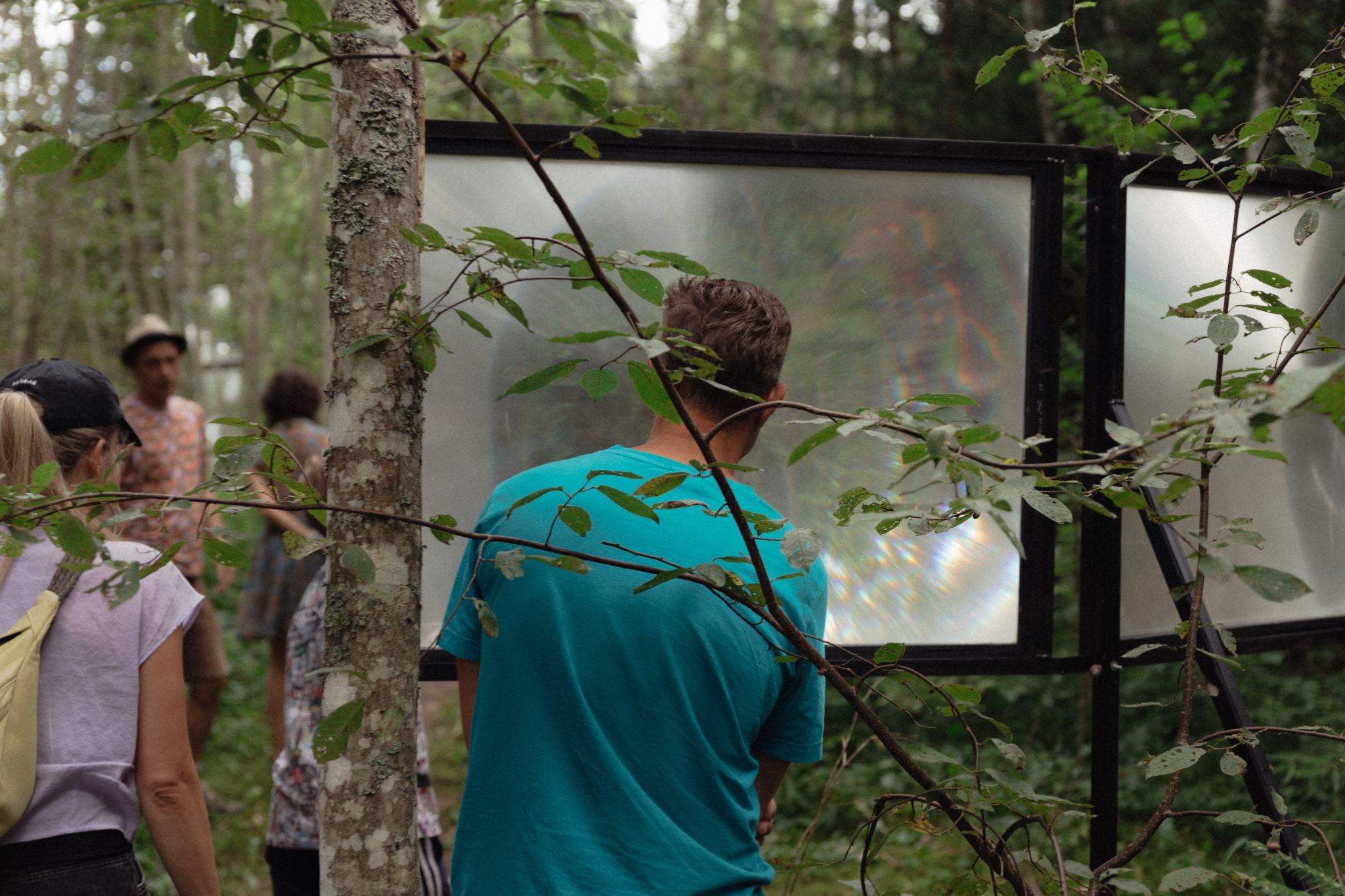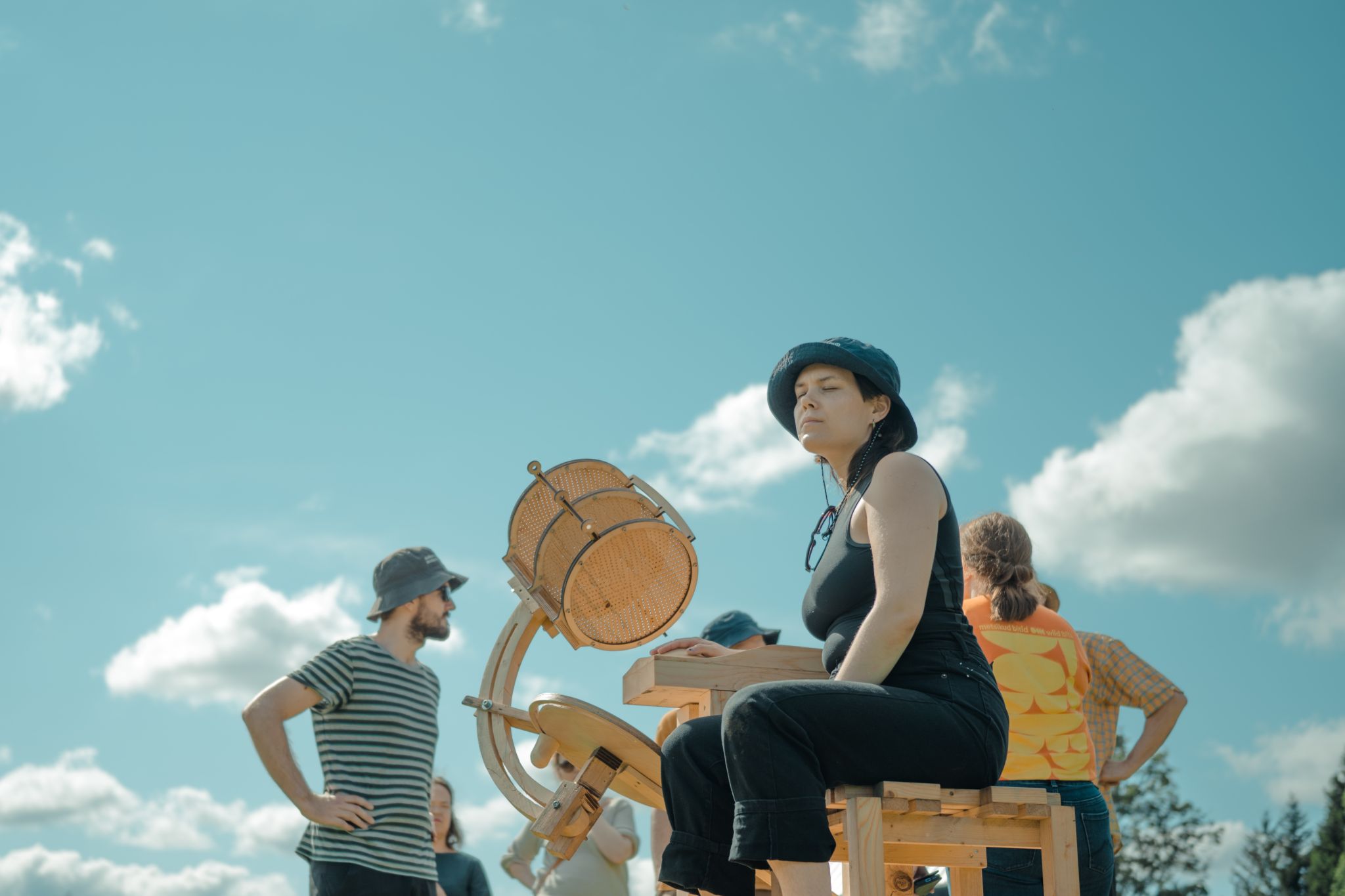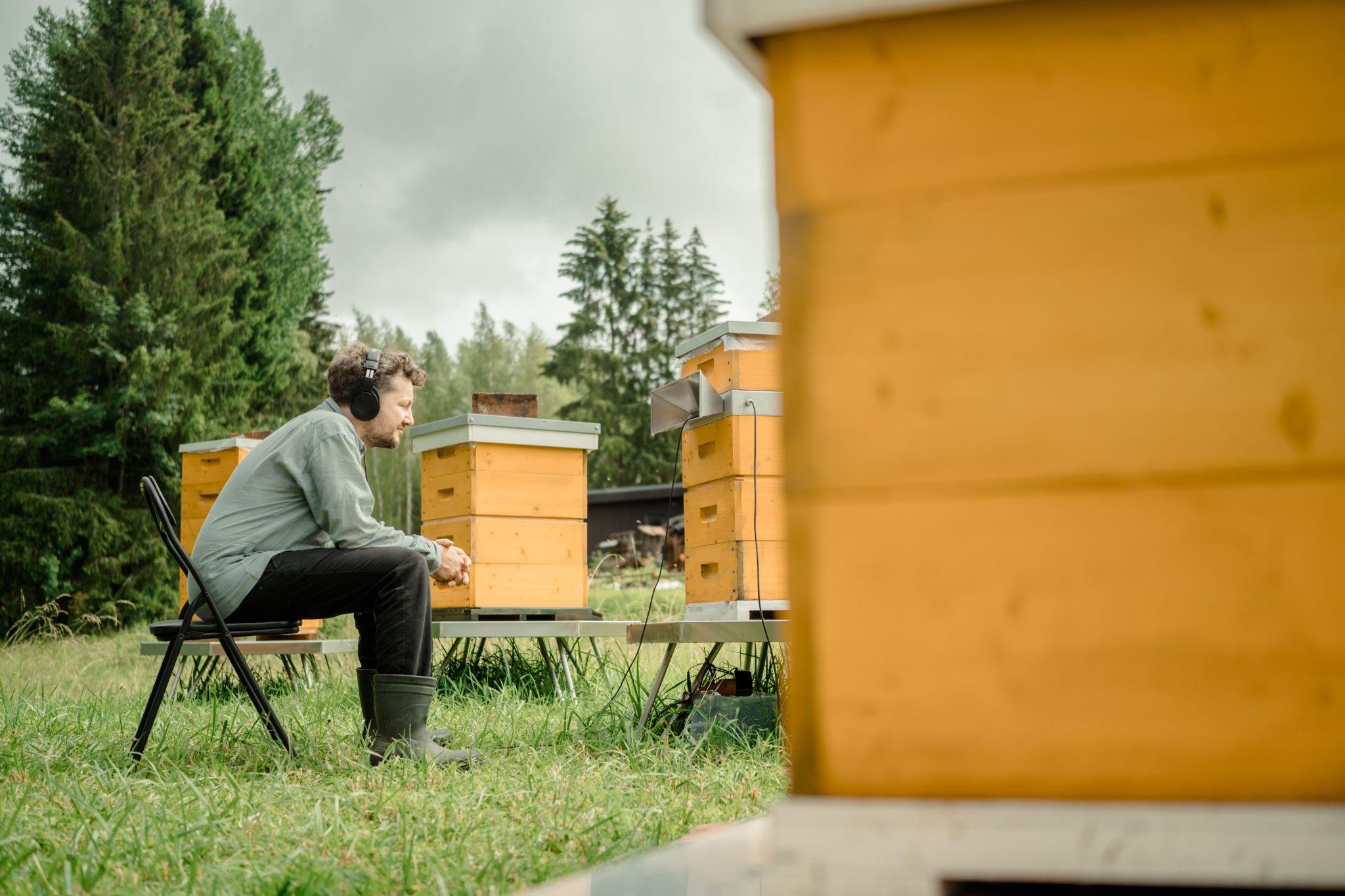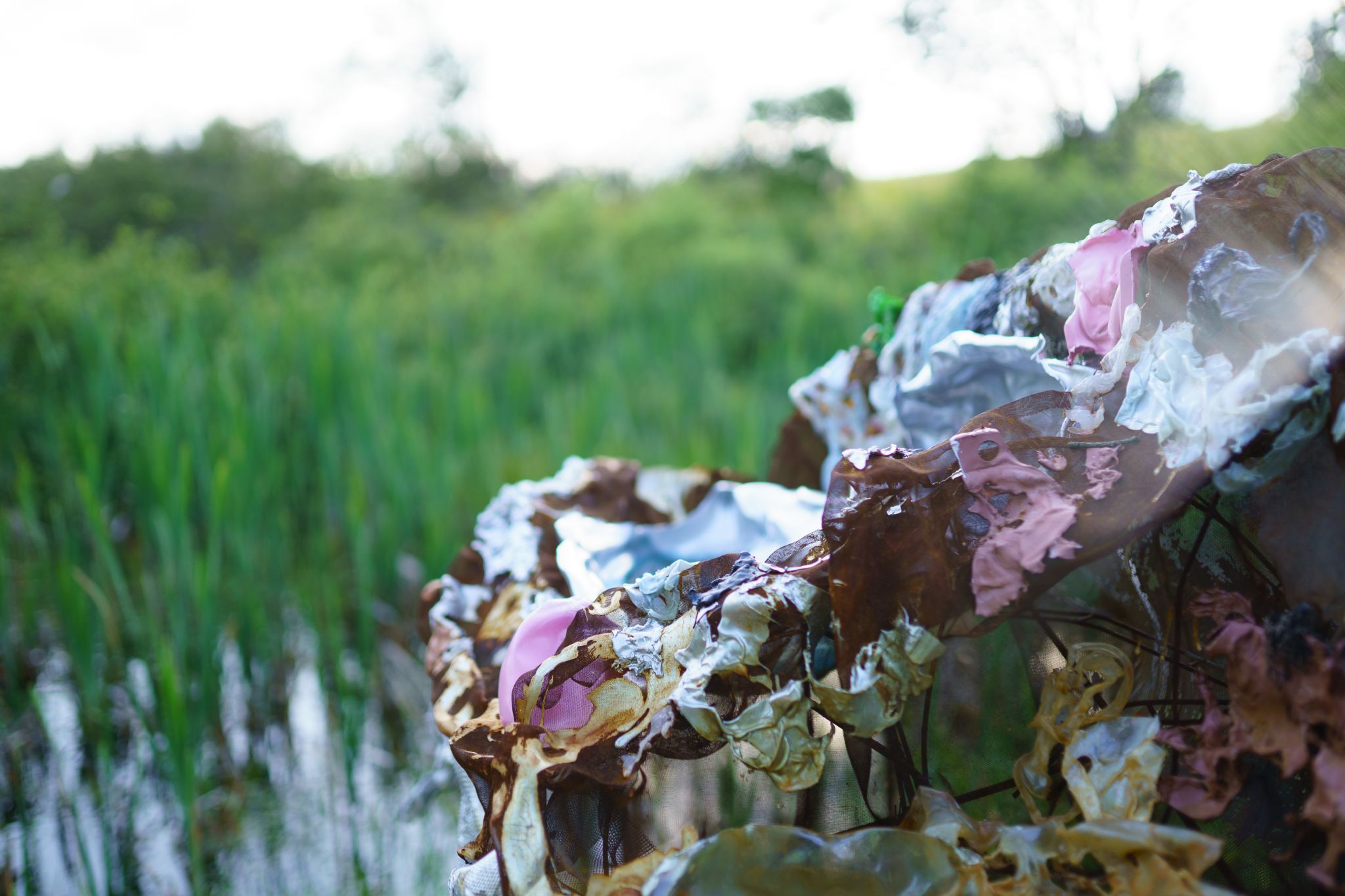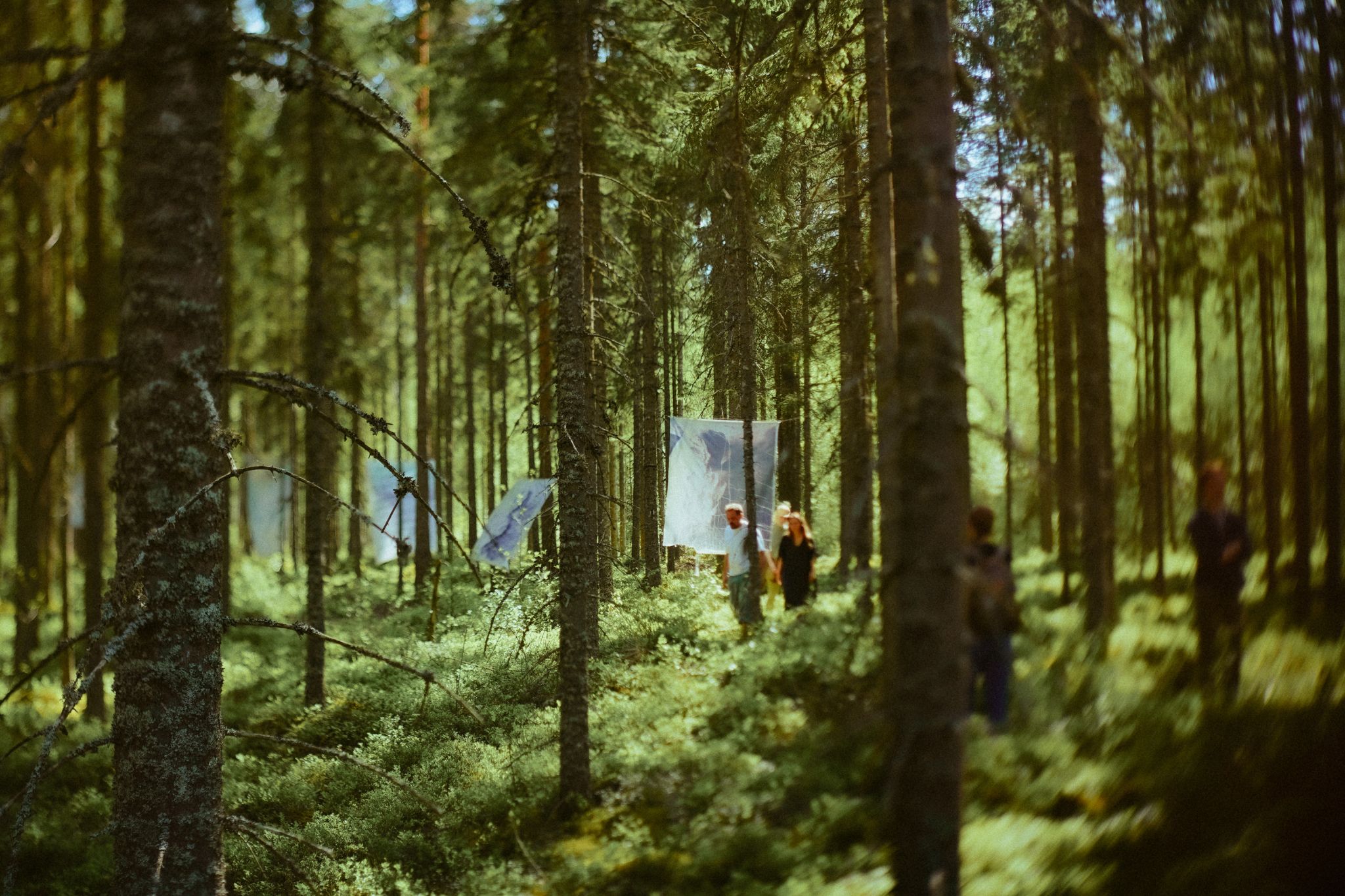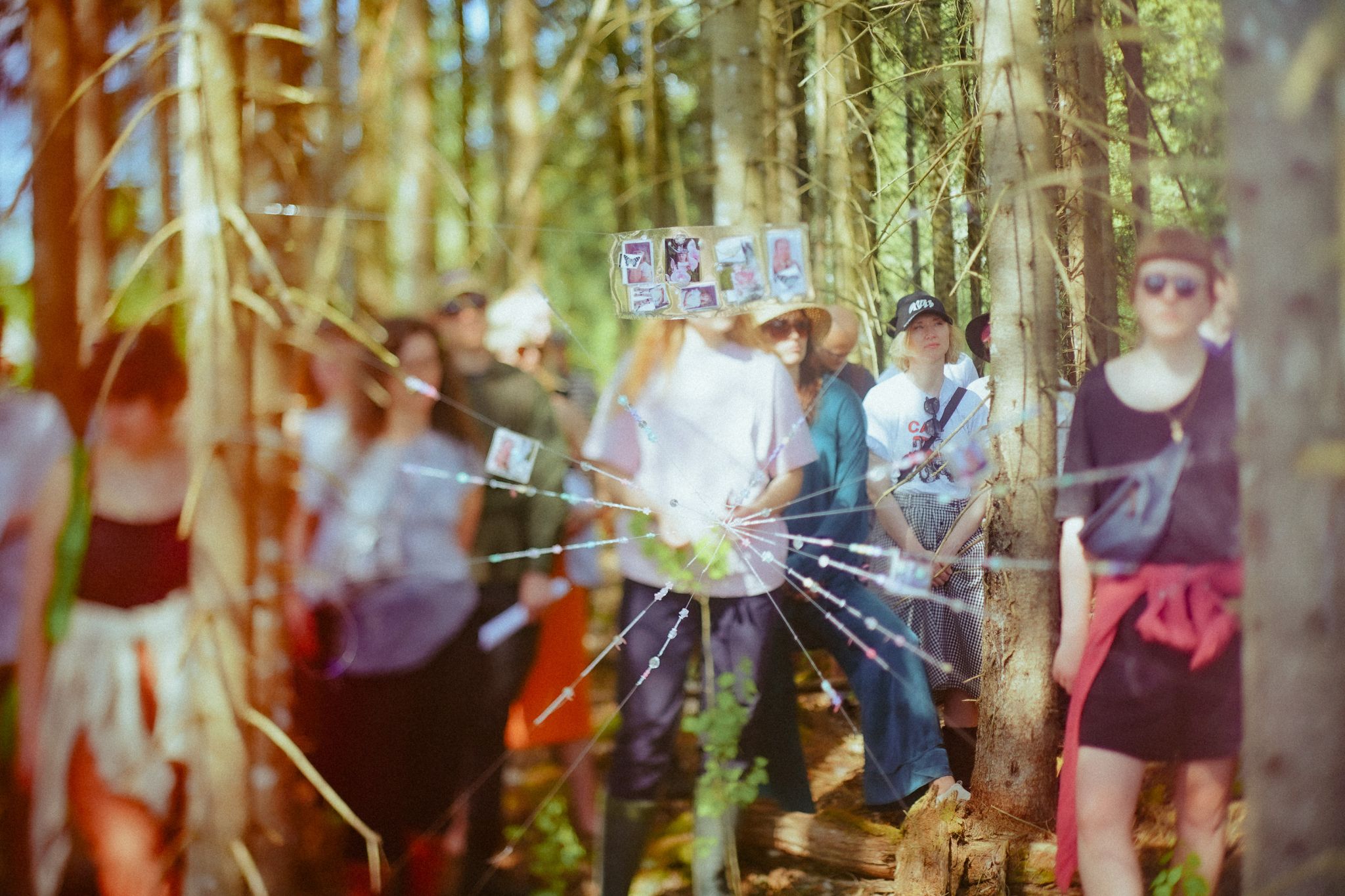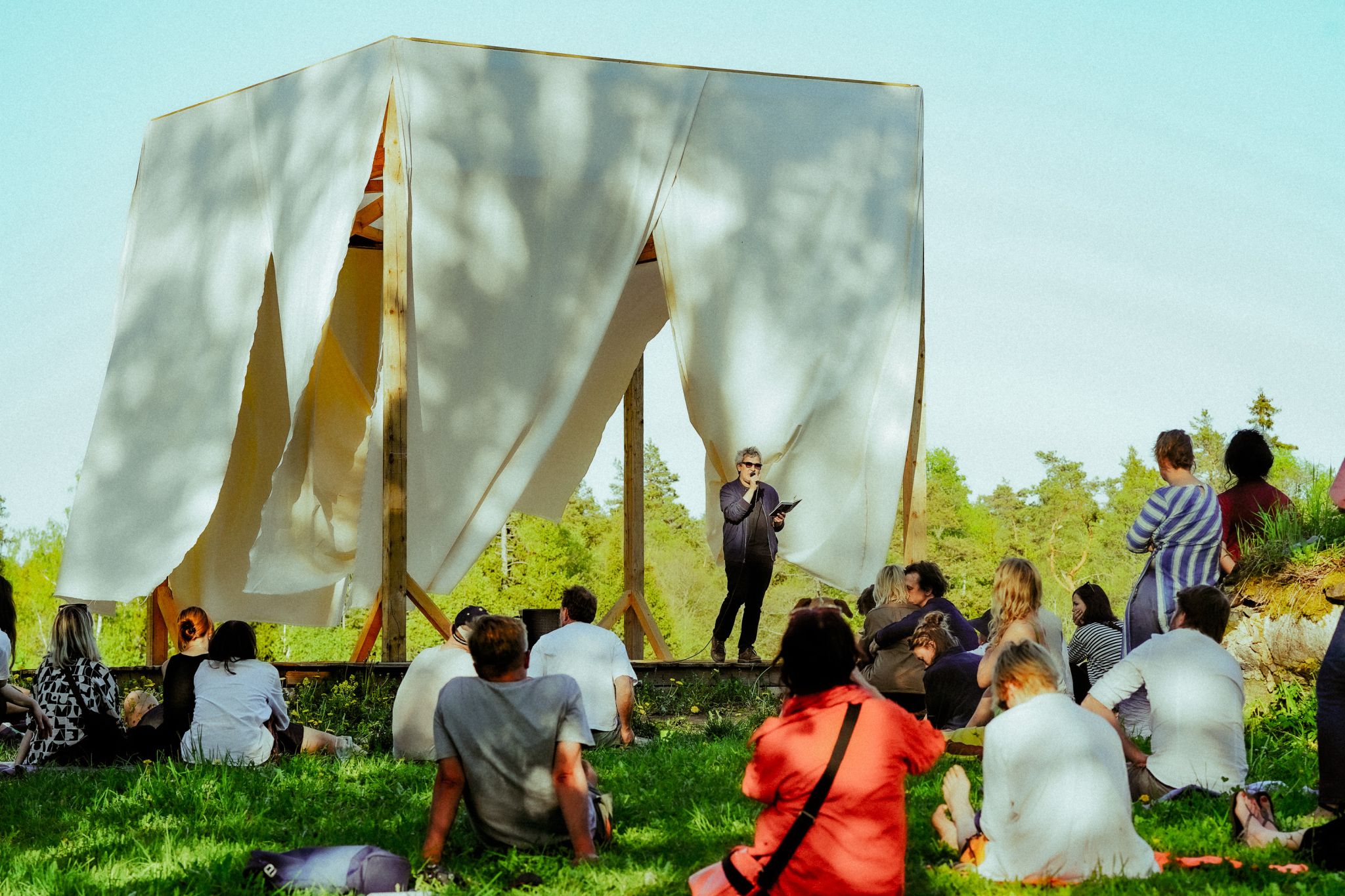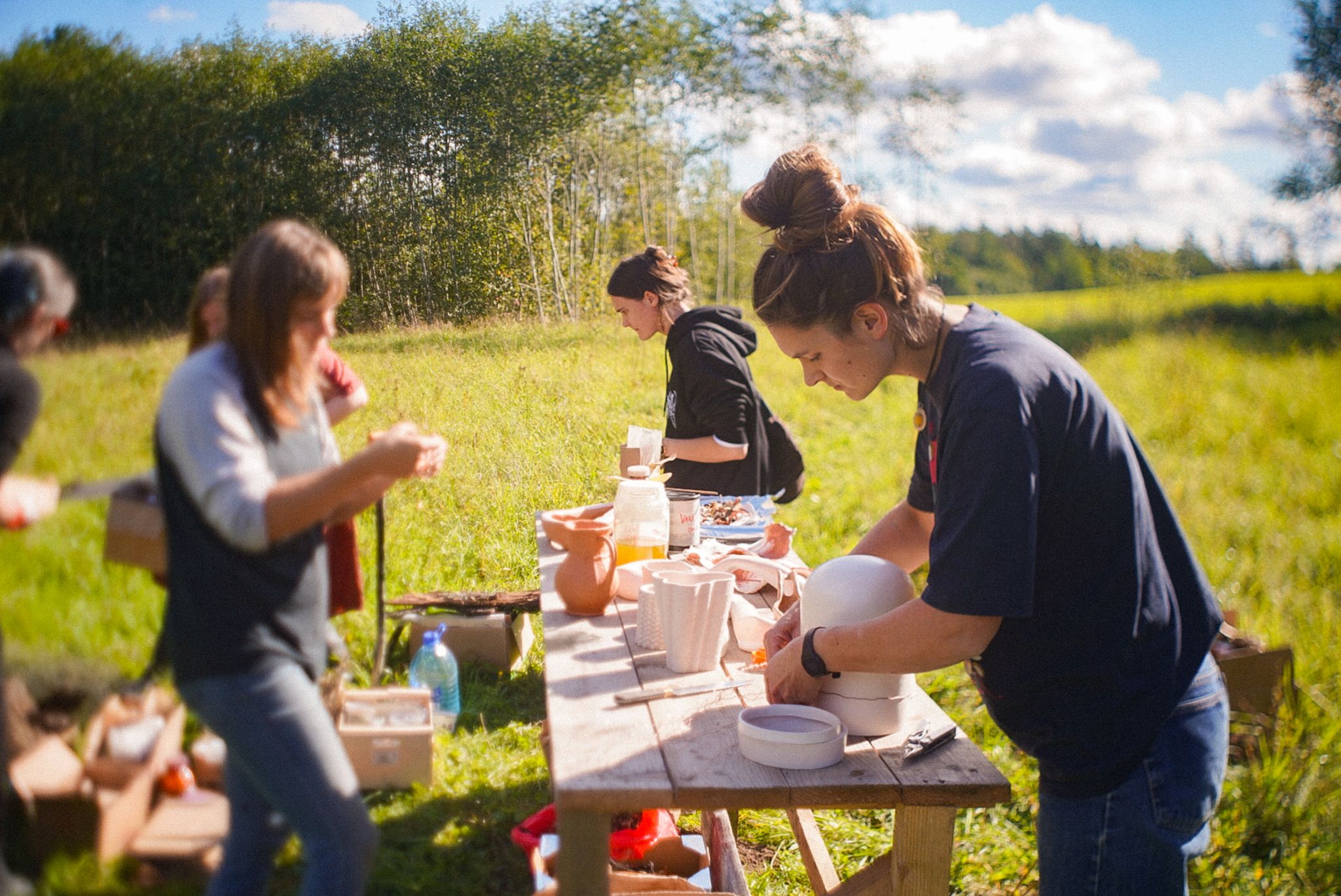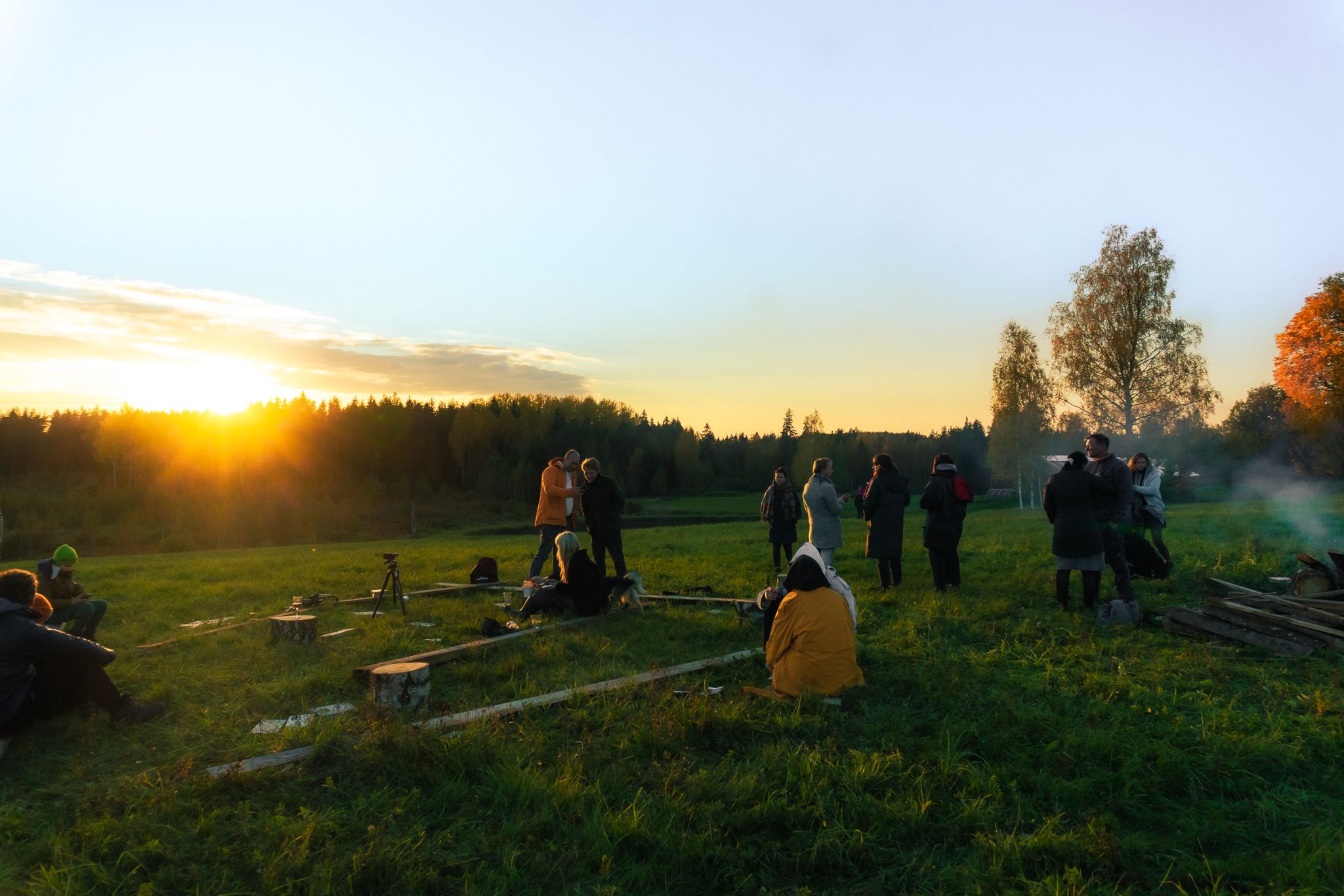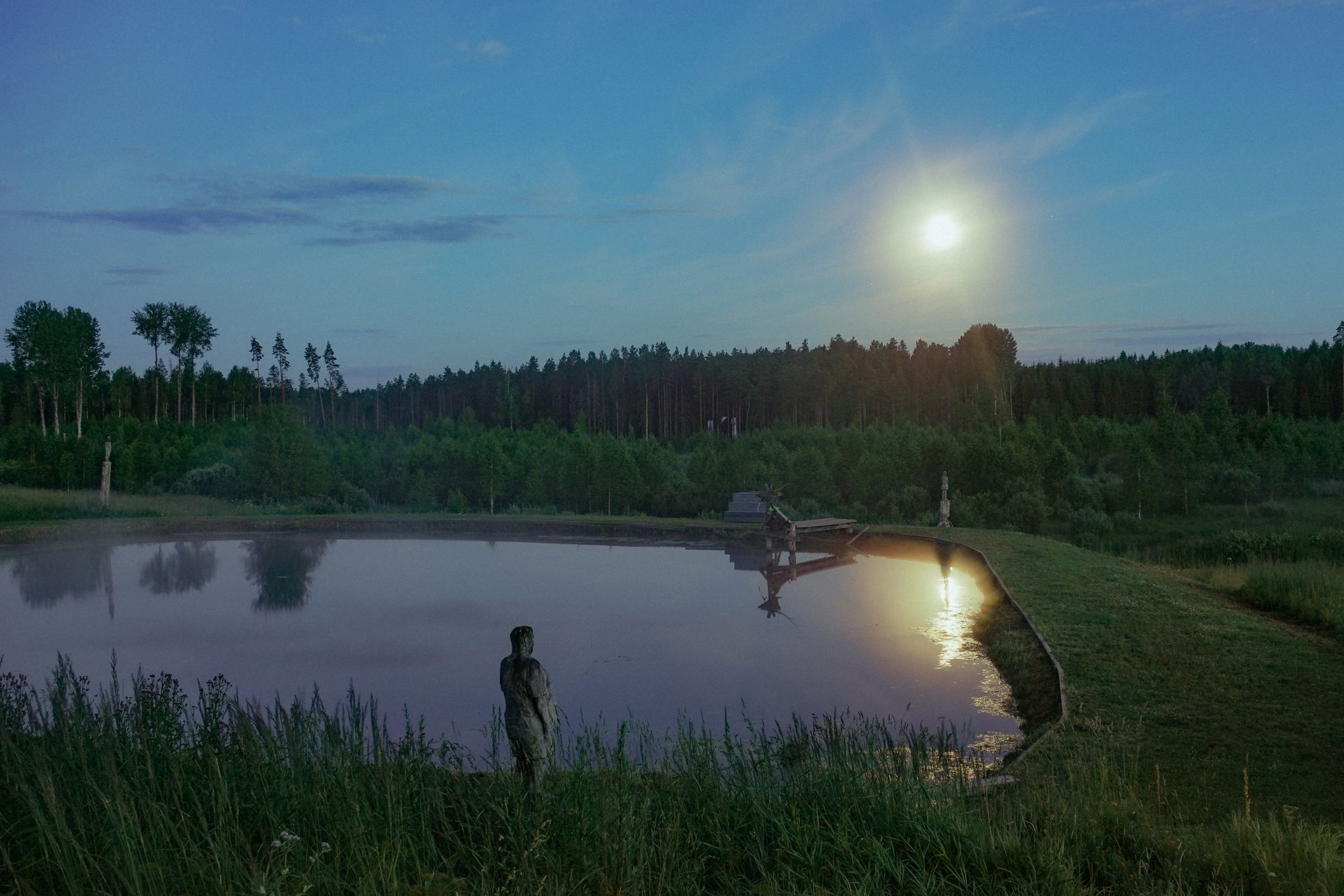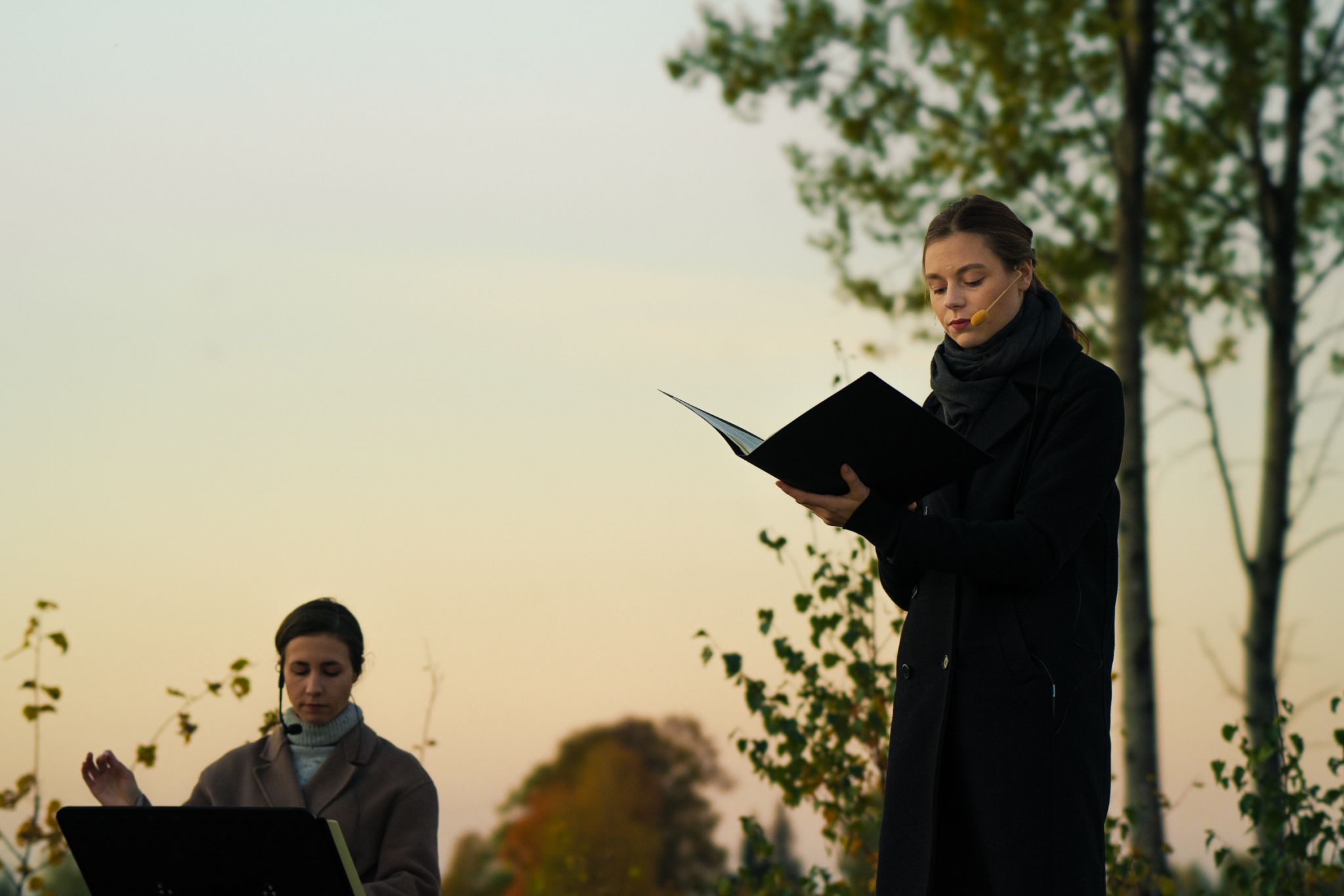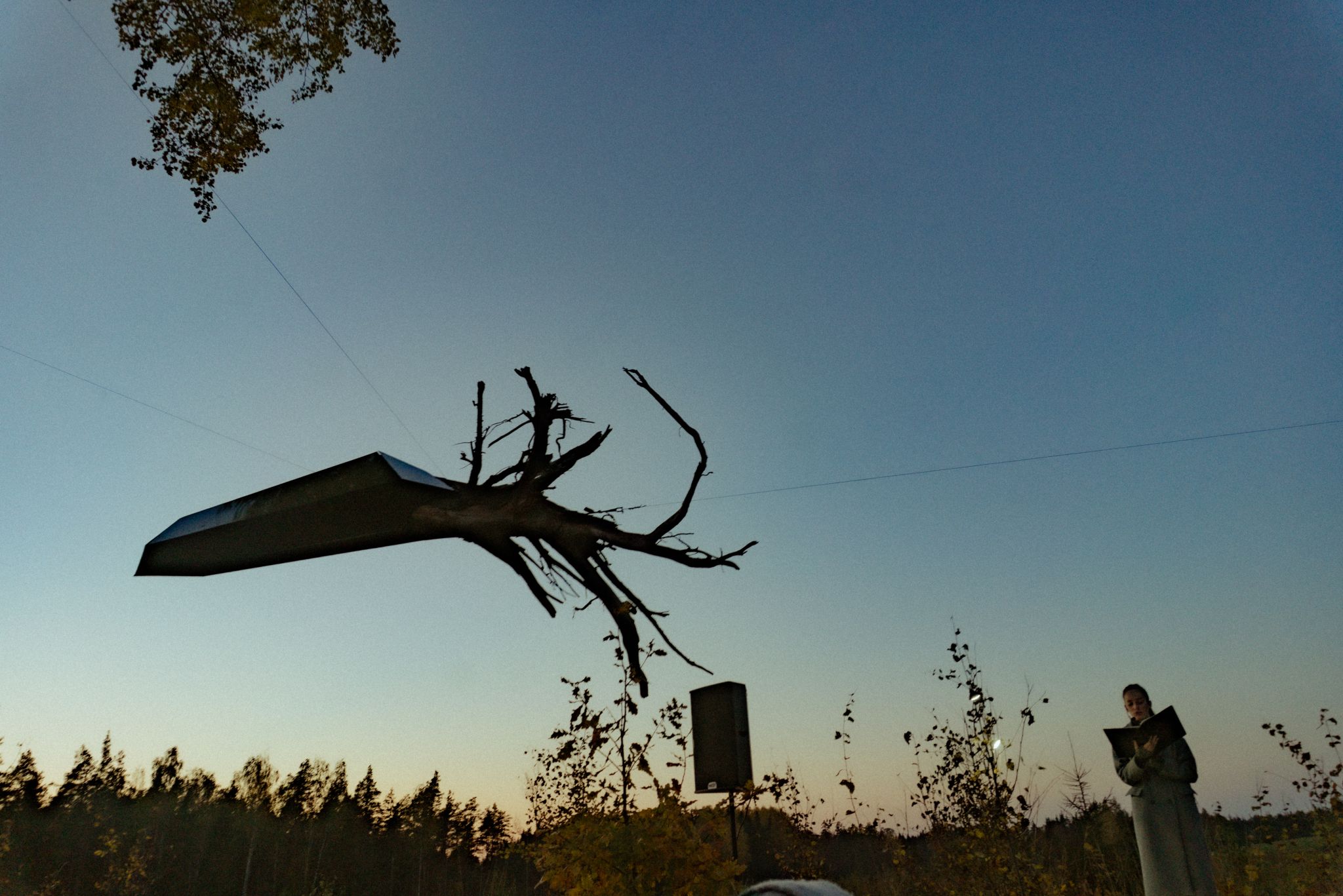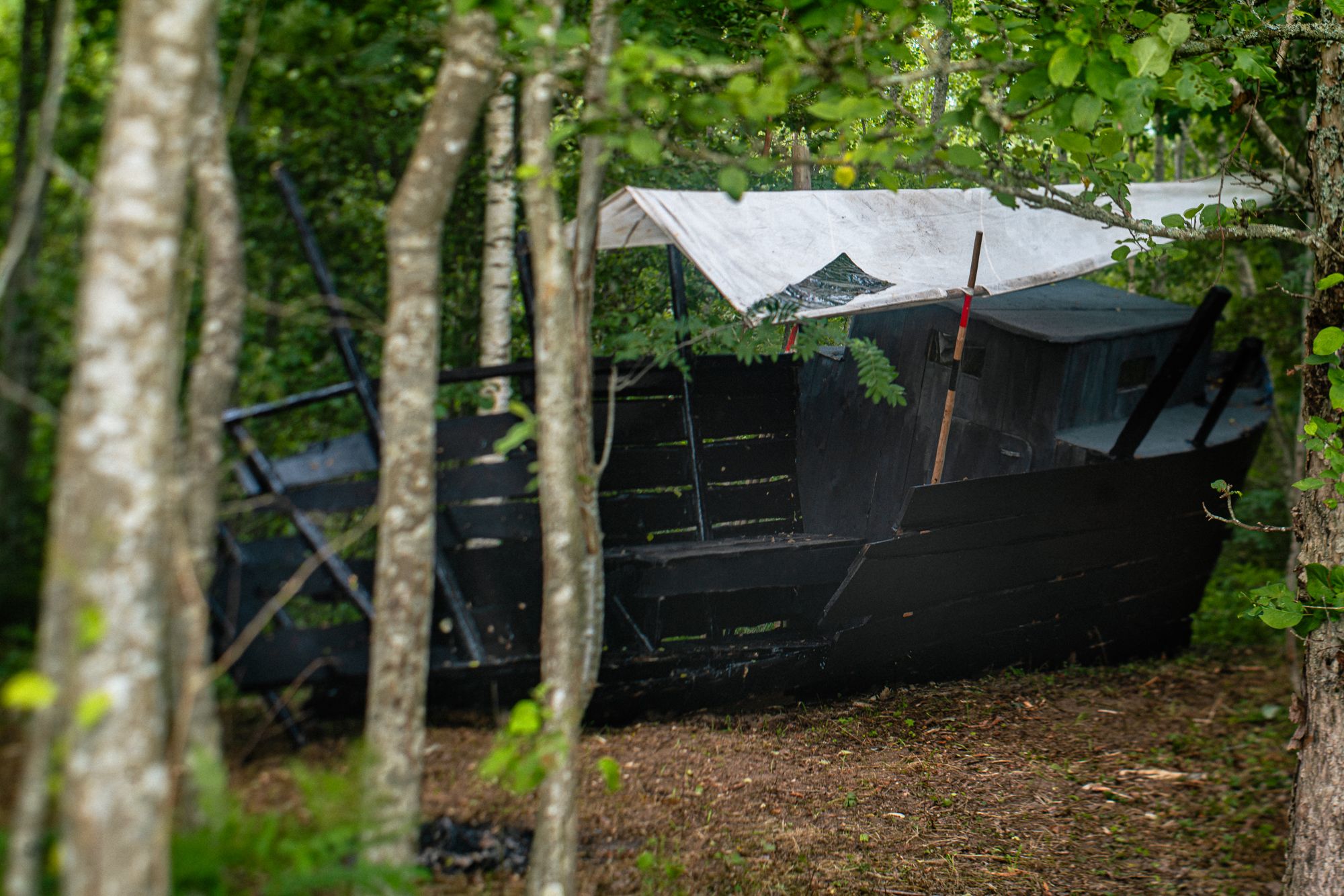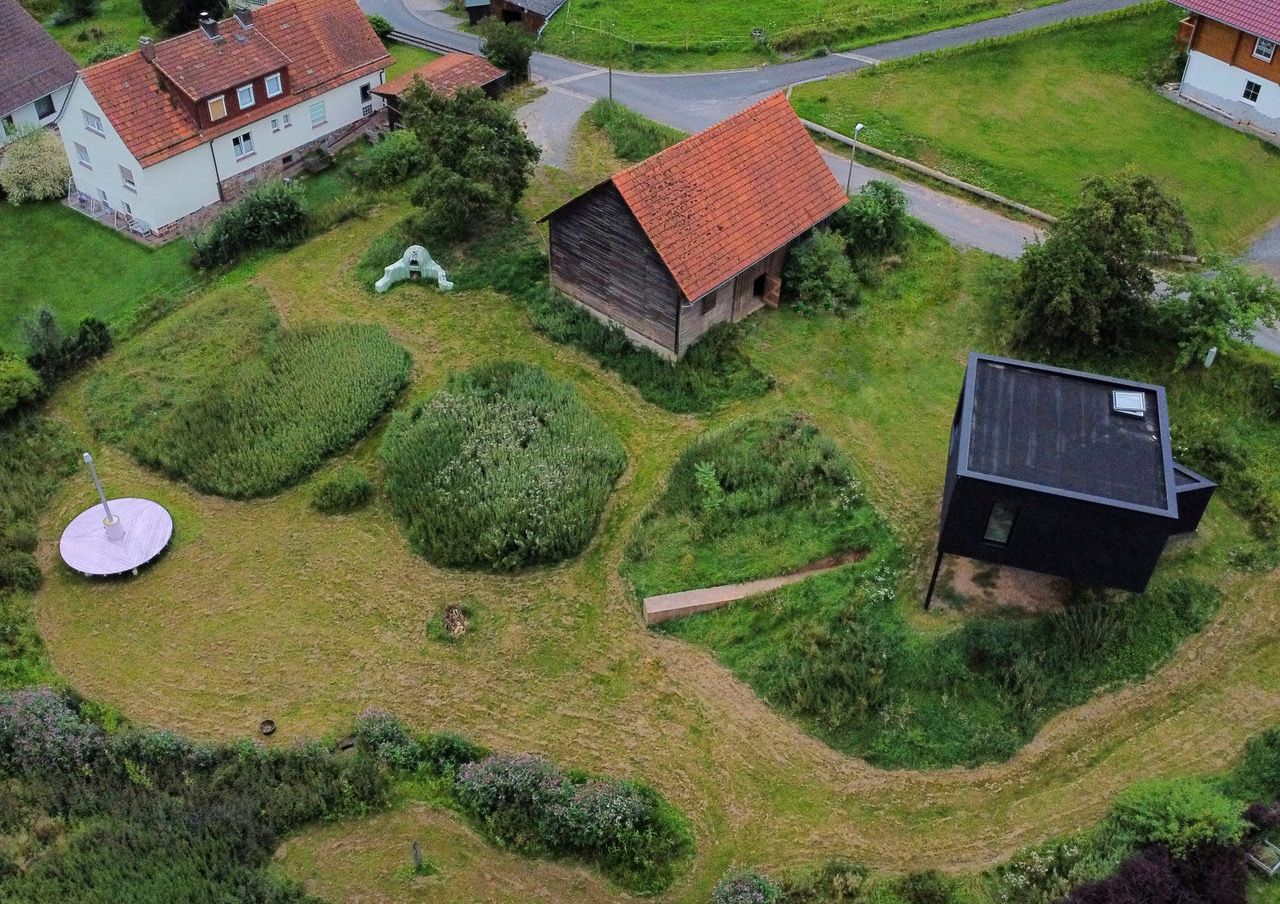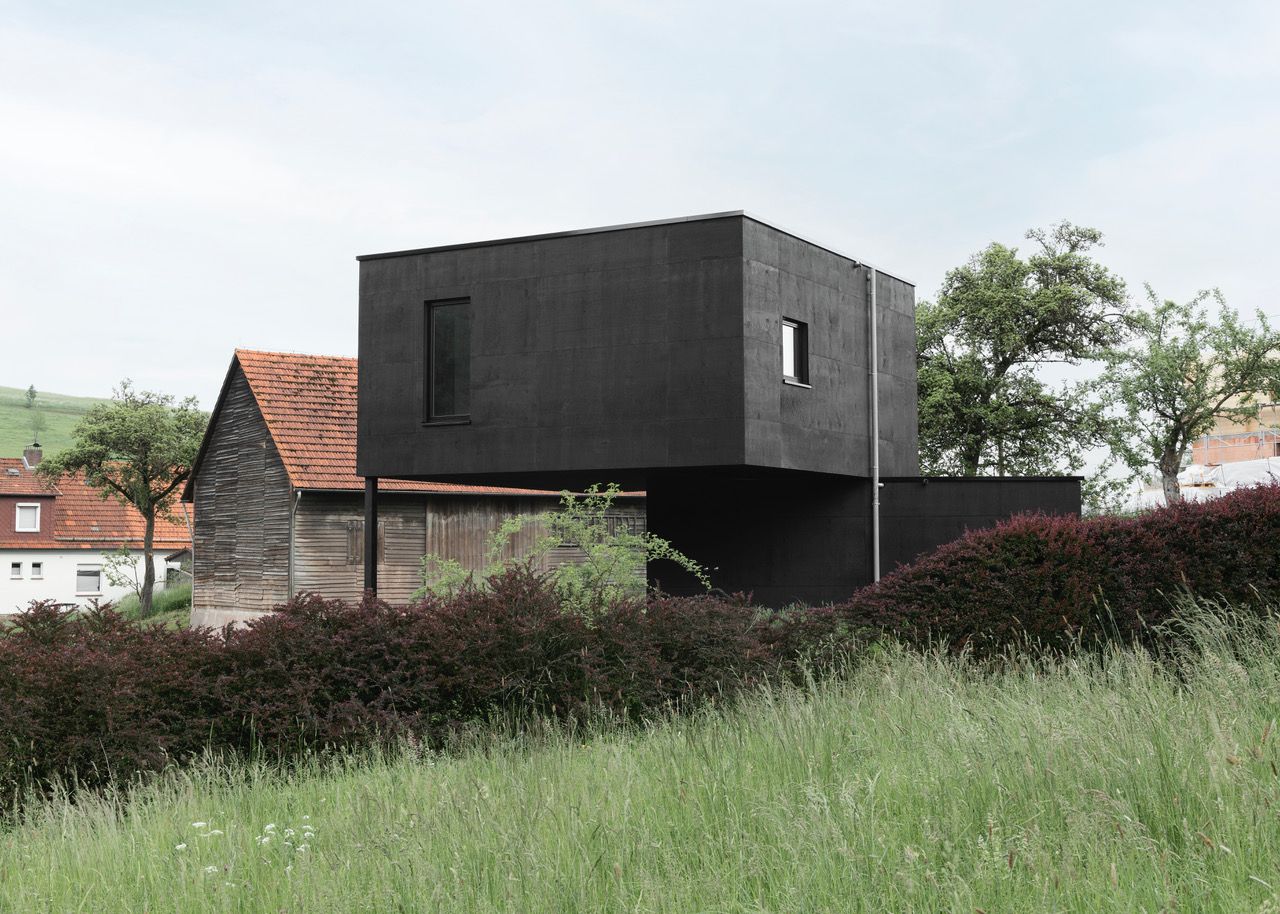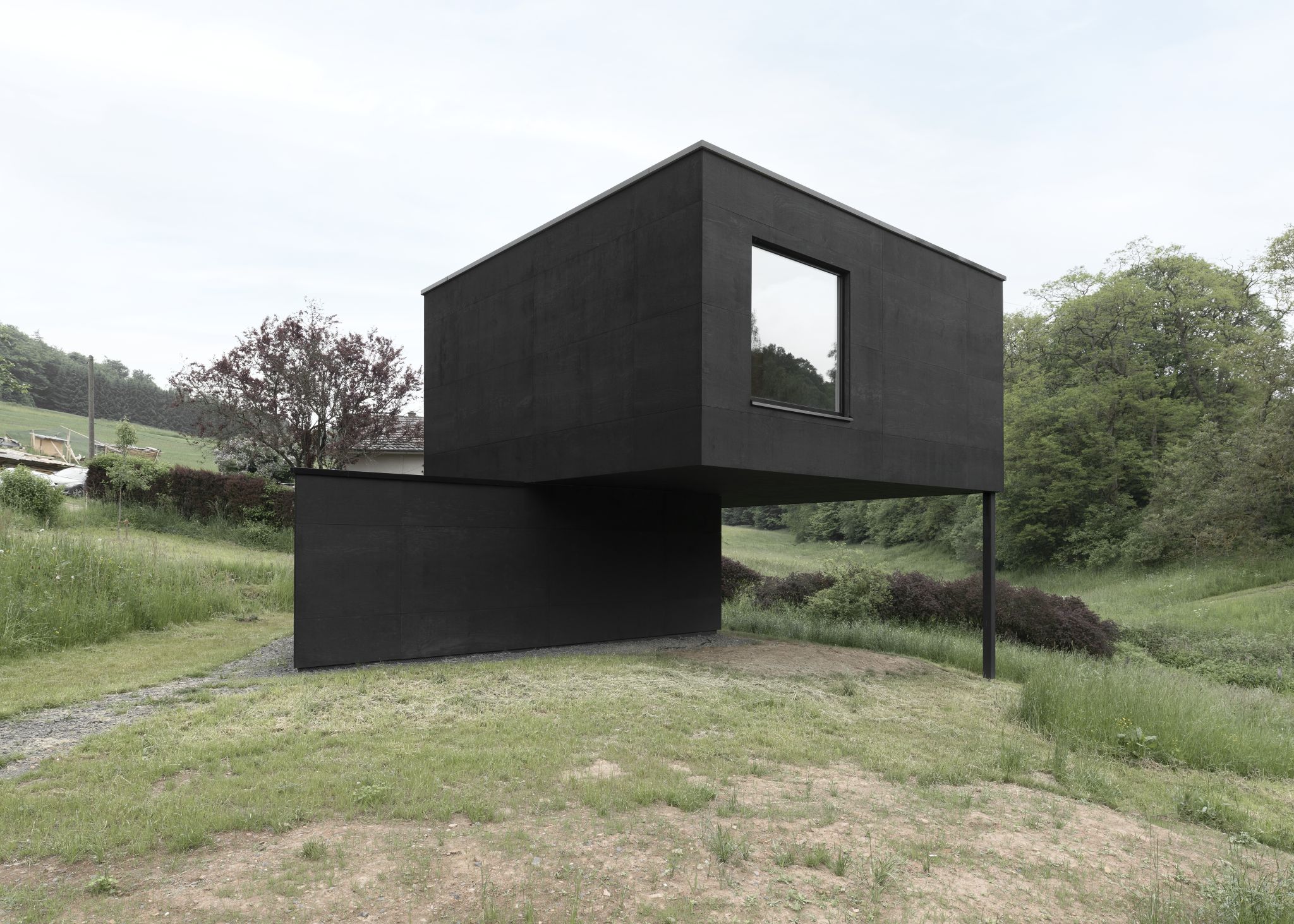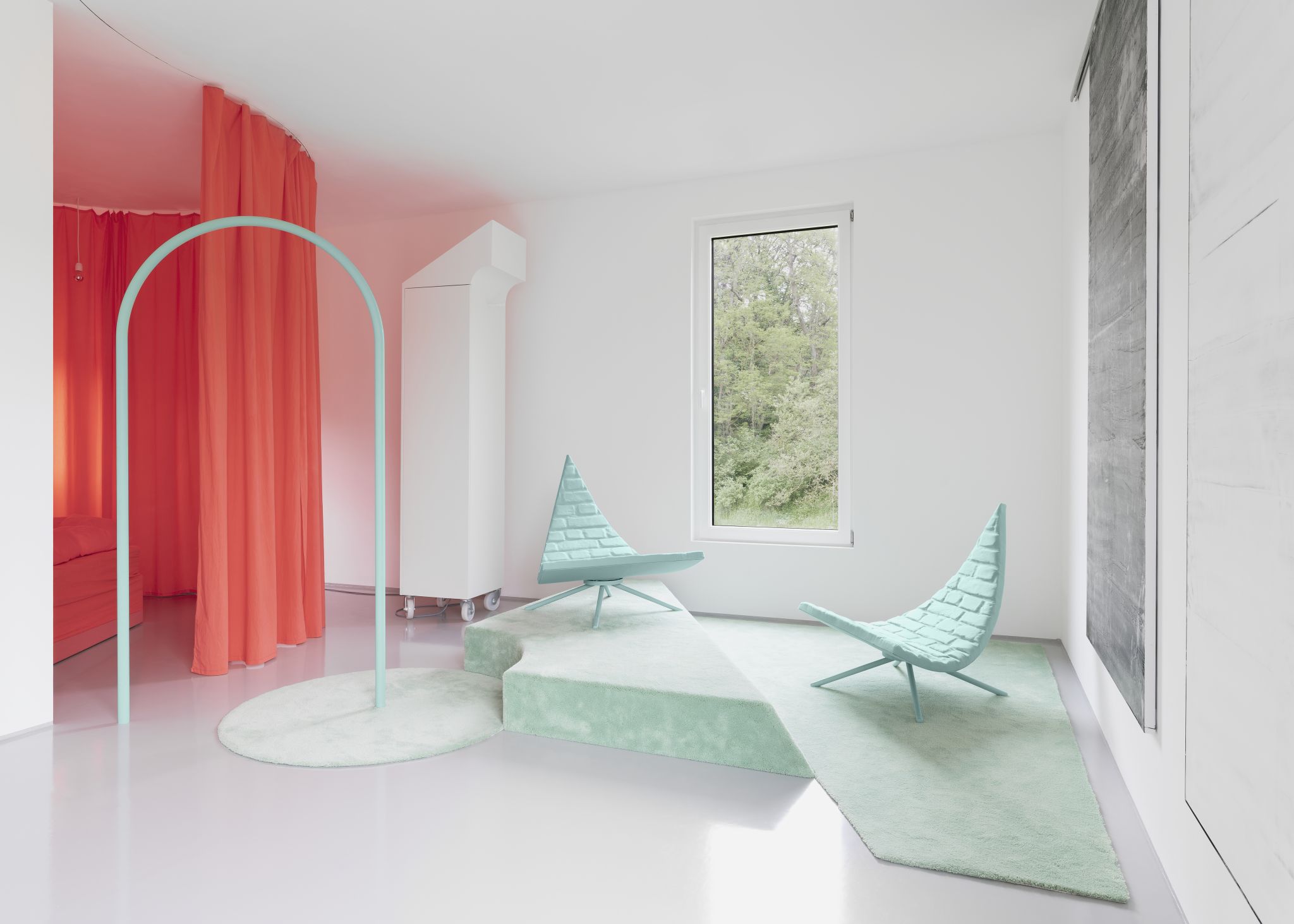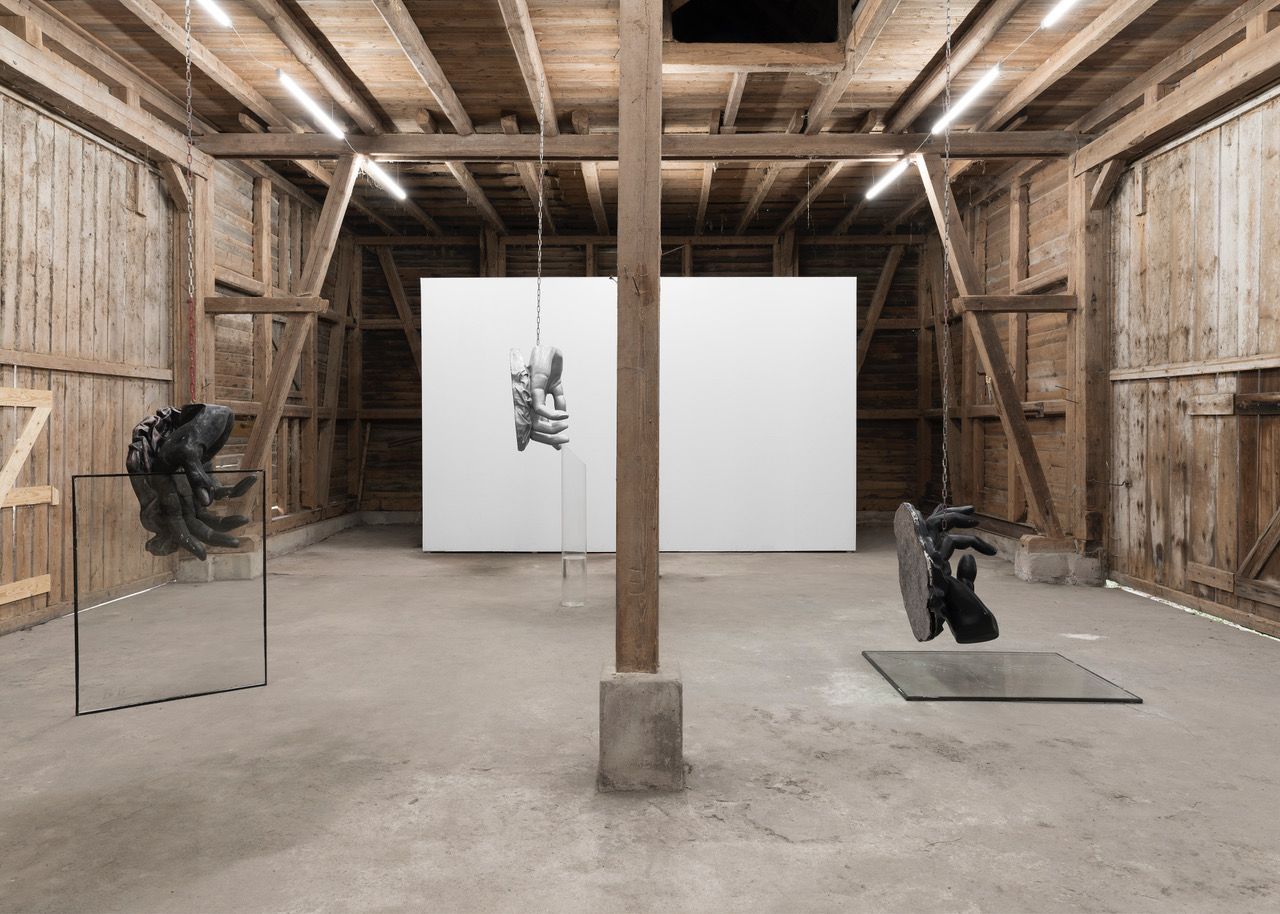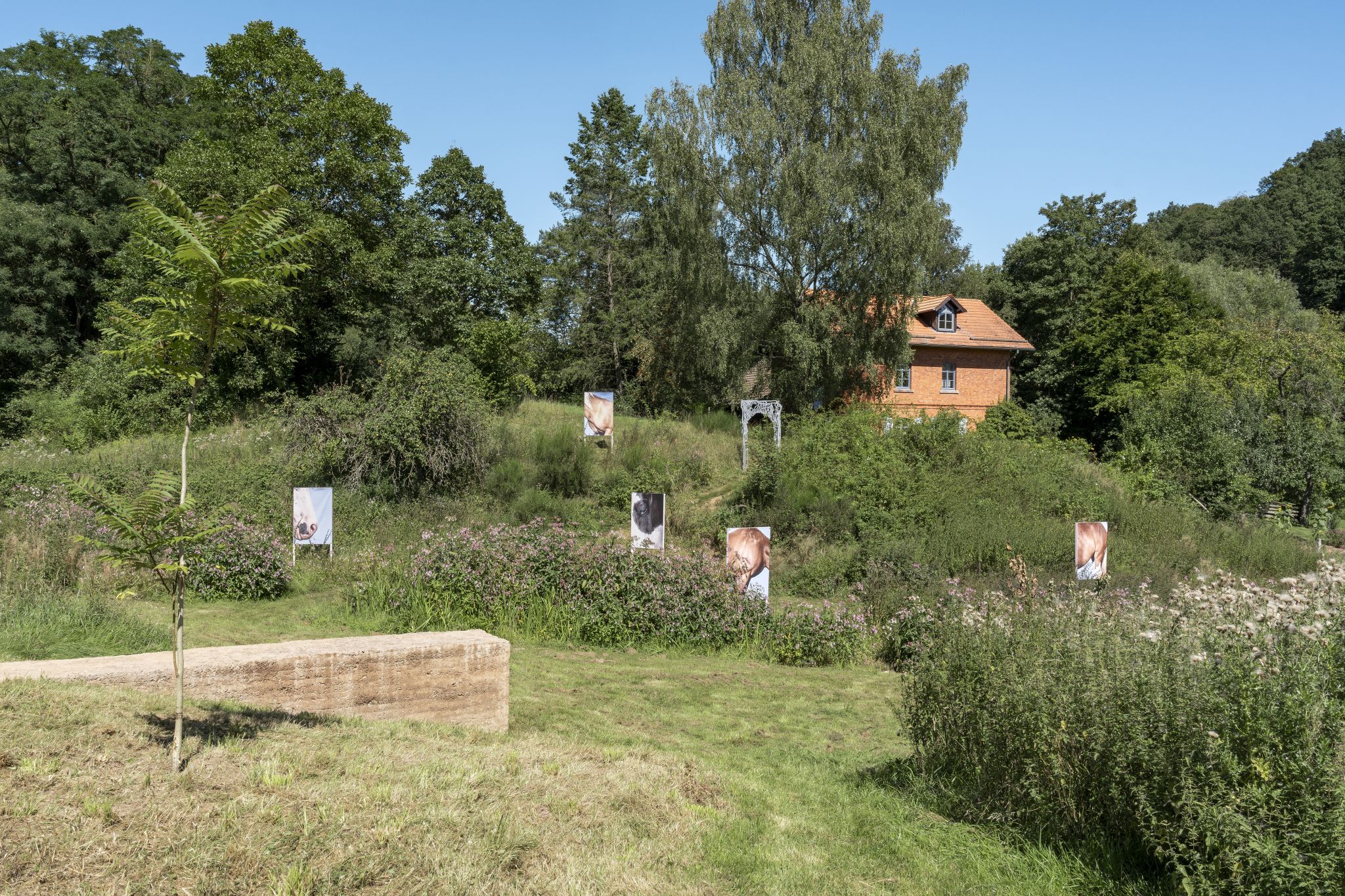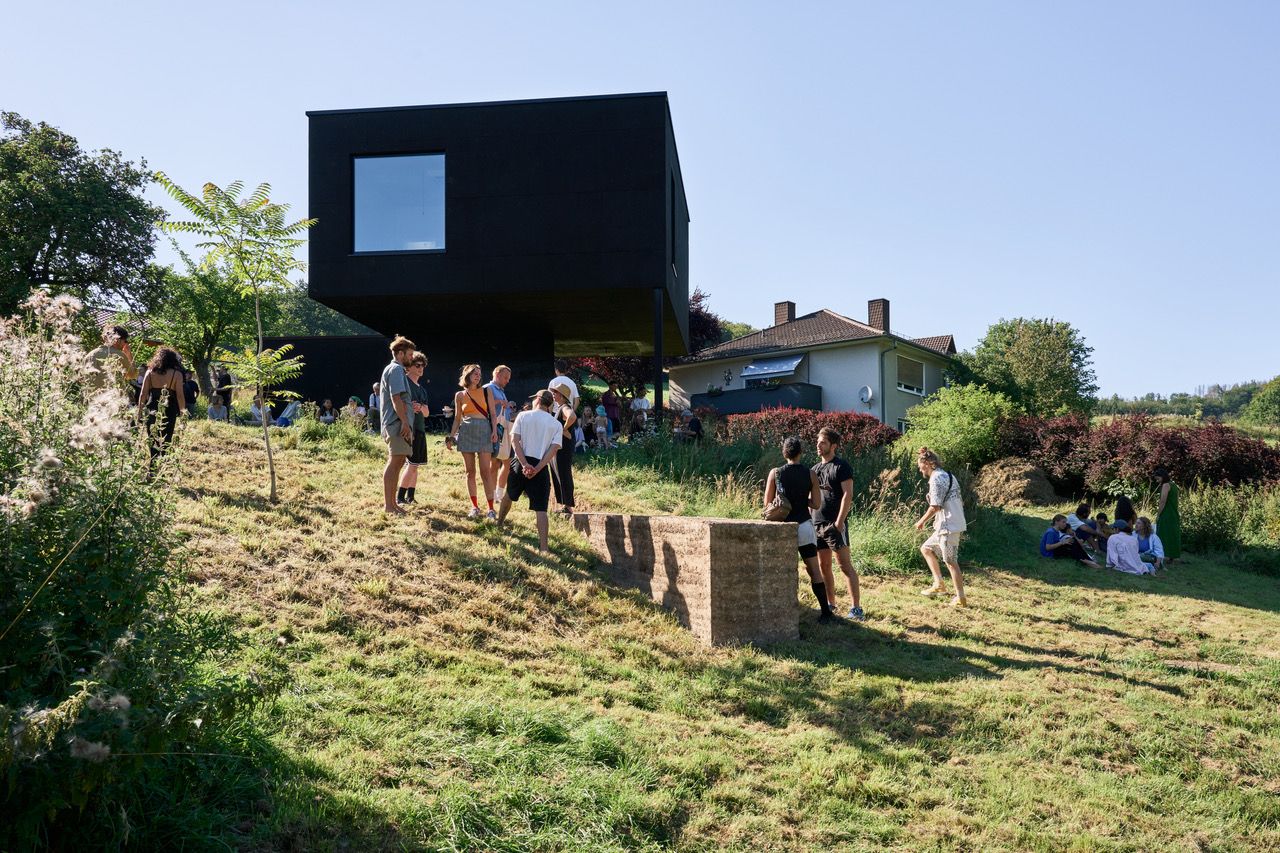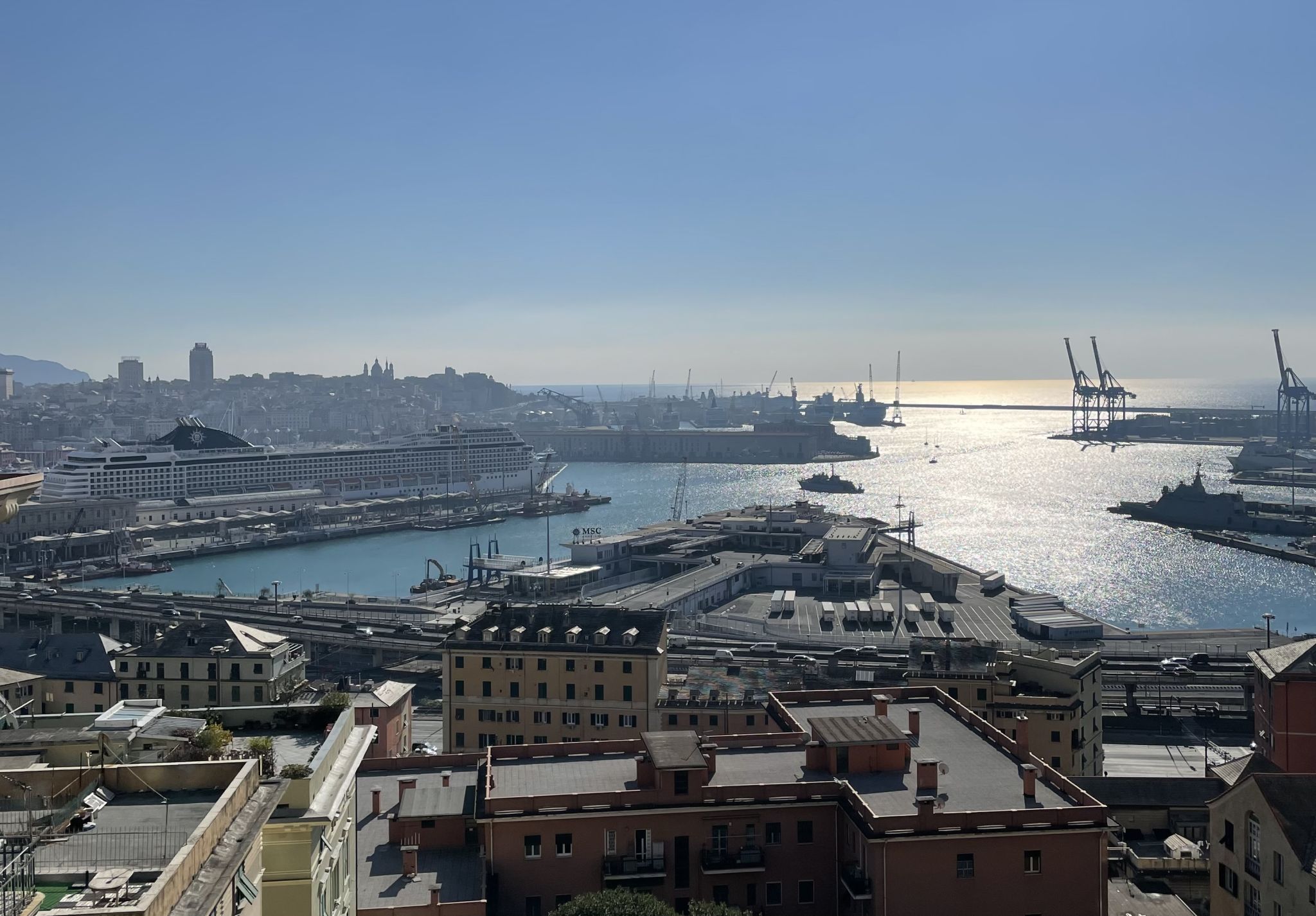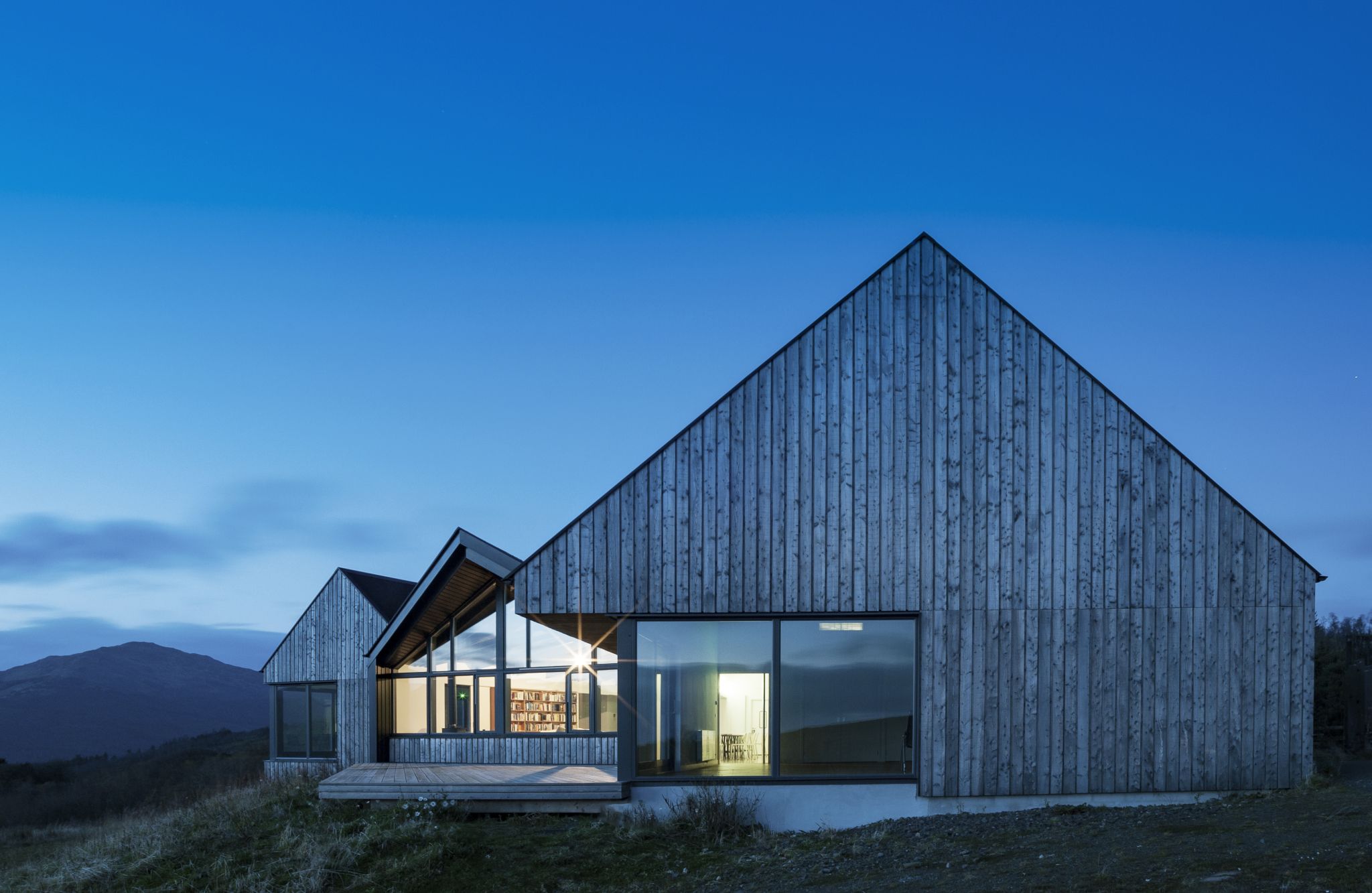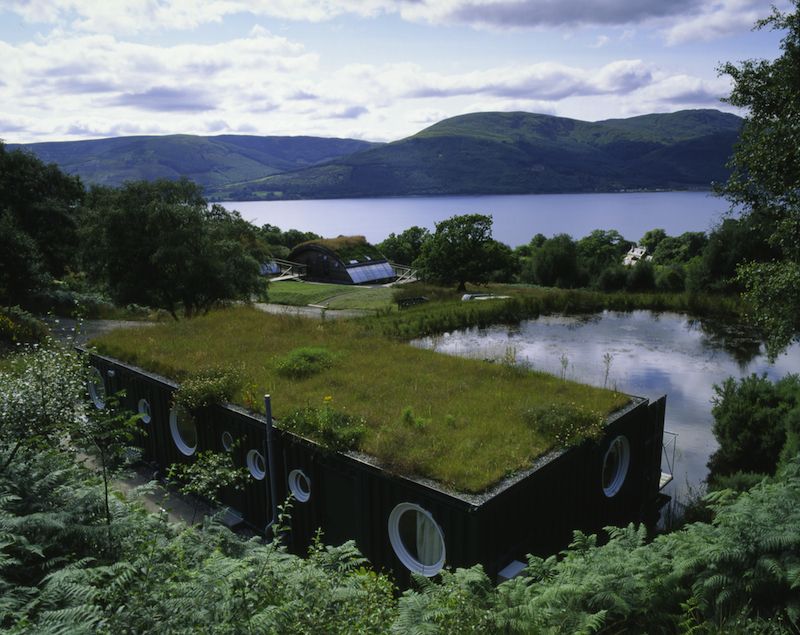Datenschutzerklärung
Der Kemmler Kemmler GmbH, Großbeerenstr. 71, 10963 Berlin („Kemmler Kemmler“)
Der Schutz von personenbezogenen Daten ist Kemmler Kemmler sehr wichtig. Ob Daten erhoben und zu welchem Zweck diese verarbeitet werden, wird in der folgenden Datenschutzerklärung ausgeführt. Kemmler Kemmler hält sich an alle anwendbaren Rechtsvorschriften zum Schutz personenbezogener Daten und zur Datensicherheit.
Rechtsgrundlage der Datenverarbeitung sind für Einwilligungen Art. 6 Abs. 1 a) und Art. 7 EU-DSGVO, für die Erfüllung der Leistungen und Durchführung vertraglicher Pflichten Art. 6 Abs. 1 b) EU-DSGVO, für die Erfüllung der rechtlichen Verpflichtungen Art. 6 Abs. 1 c) EU-DSGVO und für die Wahrung der berechtigten Interessen Art. 6 Abs. 1 f) EU-DSGVO.
Verantwortlicher im Sinne von Art. 4 EU-DSGVO für die Verarbeitung personenbezogener Daten ist:
Kemmler Kemmler GmbH
Großbeerenstr. 71
10963 Berlin
office@kemmler-kemmler.com
Die Kontaktdaten unseres Datenschutzbeauftragten sind:
Bitkom Service GmbH
z.Hd. Datenschutzbeauftragter
Albrechtstr. 10
10117 Berlin
datenschutz@kemmler-kemmler.com
Server-Logfiles
Wir erheben Daten, sogenannte Server-Logfiles, über jeden Zugriff auf den Server, auf dem sich die Webseite www.kemmler-kemmler.com befindet. Diese Serverlogfiles beinhalten z.B. IP-Adressen, Browser, Serverfehler und Zugriffe auf Inhalte auf dem Server. Darüberhinausgehende personenbezogene Daten, etwa Standorte oder Namen, werden nicht erfasst.
Rechtsgrundlage für die Datenverarbeitung ist Art. 6 Abs. 1 lit. f) EU-DSGVO.
Kontaktaufnahme
Kontaktieren Sie uns unter der auf unserer Webseite zur Verfügung gestellten E-Mail-Adresse, werden wir die von Ihnen angegebenen personenbezogenen Daten – E-Mail-Adresse sowie darüber hinausgehende Kontaktinformationen und Ihren Namen – zum Zweck der Beantwortung der Anfrage verarbeiten.
Rechtsgrundlage für die Datenverarbeitung ist Art. 6 Abs. 1 lit. b) und Art. 6 Abs. 1 lit. f) EU-DSGVO.
Cookies
Unsere Webseite verwendet Cookies, bei denen allerdings keine personenbezogenen Daten verarbeitet werden.
Was sind Cookies?
Cookies sind Datensätze, die von einem Webserver auf dem Computer des Nutzers abgelegt werden. Sie werden bei einer erneuten Verbindung an den Cookie-setzenden Webserver mit dem Ziel zurückgesendet, den Nutzer und seine Einstellungen wiederzuerkennen. Es handelt sich um eine auf dem Computer des Nutzers lokal angelegte Datei, die dem Nutzer eine bestimmte Identität – bestehend aus Ziffern und Buchstaben – zuweist.
Grundsätzlich werden die von Ihnen übermittelten Daten Dritten nicht zur Verfügung gestellt. In einzelnen Fällen kann es zur Durchführung des Vertrages jedoch erforderlich sein, Ihre personenbezogenen Daten an Unternehmen weiterzugeben, die von uns mit der Erbringung einzelner Dienstleistungen betraut sind. Die Dritten sind ihrerseits verpflichtet, bei dem Umgang und der Verarbeitung dieser Daten die gesetzlichen Vorschriften einzuhalten.
Eine Übermittlung an auskunftsberechtigte Behörden und staatliche Institutionen erfolgt nur im Rahmen der gesetzlichen Auskunftspflichten und im Falle einer hierzu verpflichtenden gerichtlichen Entscheidung. In diesen Fällen kann Kemmler Kemmler die Informationen bereitstellen, z.B. zur Geltendmachung, Ausübung und Verteidigung von Rechtsansprüchen, Durchsetzung bestehender Verträge, im Rahmen von Betrugsvorwürfen, Sicherheitsmaßnahmen oder allgemein gesetzlich geltenden Vorschriften.
Eine Weitergabe von personenbezogenen Daten außerhalb des hier geschilderten Rahmens erfolgt ohne eine ausdrückliche Einwilligung nicht.
In keinem Fall wird Kemmler Kemmler personenbezogene Daten an Dritte verkaufen oder vermieten.
Ihre Daten werden so lange gespeichert, wie diese zur Erfüllung der oben genannten Zwecke erforderlich sind. Sobald dies nicht mehr der Fall ist, z.B. nach vollständiger Vertragsdurchführung werden sie gelöscht bzw. gesperrt, wenn handels- oder steuerrechtliche Aufbewahrungspflichten dies verlangen. Ab dem Zeitpunkt, ab dem gesetzliche Aufbewahrungspflichten nicht mehr entgegenstehen, werden die Daten gelöscht, sollten Sie nicht ausdrücklich einer weiteren Verwendung zugestimmt haben.
Social-Media-Verlinkungen
Soziale Netzwerke (Instagram) sind auf unserer Website lediglich als Link zu den entsprechenden Diensten eingebunden. Nach dem Anklicken des eingebundenen Text-/Bild-Links werden Sie auf die Seite des jeweiligen Anbieters weitergeleitet. Erst nach der Weiterleitung werden Nutzerinformationen an den jeweiligen Anbieter übertragen. Informationen zum Umgang mit ihren personenbezogenen Daten bei Nutzung dieser Websites entnehmen Sie bitte den jeweiligen Datenschutzbestimmungen der von Ihnen genutzten Anbieter.
Ihre Betroffenenrechte
Ihnen als einer von der Verarbeitung personenbezogener Daten Betroffene*r stehen die im Folgenden aufgeführten Rechte zu. Diese Rechte ergeben sich aus den Vorgaben der Datenschutz Grundverordnung und werden hier in teils vereinfachter Form wiedergegeben.
Auskunftsrecht
Sie haben gem. Art. 15 EU-DSGVO das Recht, von uns eine Bestätigung darüber zu verlangen, ob Sie betreffende personenbezogene Daten verarbeitet werden. Ist dies der Fall, so haben Sie ein Recht auf Auskunft über diese personenbezogenen Daten und die in Art. 15 Abs. 1 Hs. 2 EU-DSGVO genannten Informationen. Dazu zählen insbesondere der Zweck der Verarbeitung, die Kategorien der verarbeiteten Daten, die Empfänger, gegenüber denen Daten offengelegt worden sind oder noch werden, soweit möglich die geplante Dauer der Speicherung oder die Kriterien für die Dauer der Speicherung.
Recht auf Berichtigung
Sie haben gem. Art. 16 EU-DSGVO das Recht, von uns unverzüglich die Berichtigung Sie betreffender unrichtiger personenbezogener Daten zu verlangen. Unter Berücksichtigung der Zwecke der Verarbeitung haben Sie das Recht, die Vervollständigung unvollständiger personenbezogener Daten – auch mittels einer ergänzenden Erklärung – zu verlangen.
Recht auf Löschung
Sie haben gem. Art. 17 EU-DSGVO das Recht, von uns zu verlangen, dass Sie betreffende personenbezogene Daten unverzüglich gelöscht werden. Wir sind verpflichtet, personenbezogene Daten unverzüglich zu löschen, sofern einer der in Art. 17 Abs. 1 EU-DSGVO zutrifft. Zu diesen Gründen gehört etwa, dass die Daten für die Zwecke, für die sie erhoben oder sonst verarbeitet werden, nicht mehr notwendig sind.
Recht auf Einschränkung der Verarbeitung
Sie haben gem. Art. 18 EU-DSGVO das Recht, von uns die Einschränkung der Verarbeitung zu verlangen, wenn eine der in Art. 18 EU-DSGVO genannten Voraussetzungen vorliegt. Dazu gehört etwa, dass Sie die Richtigkeit der personenbezogenen Daten bestreiten. Dann dürfen wir die Daten solange nur eingeschränkt verarbeiten, wie es dauert, die Richtigkeit der personenbezogenen Daten zu überprüfen.
Recht auf Datenübertragbarkeit
Sie haben gem. Art. 20 EU-DSGVO das Recht, die Sie betreffenden personenbezogenen Daten, die sie uns bereitgestellt hat, in einem strukturierten, gängigen und maschinenlesbaren Format zu erhalten. Sie haben das Recht, diese Daten einem anderen Verantwortlichen, d.h. einer anderen Stelle, die Daten verarbeitet, ohne Behinderung zu übermitteln, sofern die ursprüngliche Verarbeitung auf einer Einwilligung beruhte oder zur Durchführung eines Vertrages erforderlich war.
Widerspruchsrecht
Sie haben gem. Art. 21 EU-DSGVO das Recht, jederzeit gegen die Verarbeitung Sie betreffender personenbezogener Daten Widerspruch einzulegen, wenn diese Daten auf der Grundlage des Art. 6 Abs. 1 lit. e) oder f) EU-DSGVO verarbeitet werden und Gründe vorliegen, die sich aus Ihrer persönlichen Situation ergeben. Gegen die Verarbeitung von Daten zum Zwecke des Betreibens von Direktwerbung kann jederzeit Widerspruch eingelegt werden. Personenbezogene Daten werden dann nicht mehr für diesen Zweck verarbeitet. Das Widerspruchsrecht kann durch eine formlose Erklärung ausgeübt werden. Es genügt eine schriftliche Erklärung oder wahlweise eine E-Mail an die oben genannte Kontaktadresse.
Recht auf Widerruf der Einwilligungserklärung
Sie haben gem. Art. 7 Abs. 3 EU-DSGVO das Recht, Ihre Einwilligung in die Verarbeitung jederzeit zu widerrufen. Die Rechtmäßigkeit der aufgrund der Einwilligung bis zum Widerruf erfolgten Verarbeitung wird nicht berührt. Das Widerrufsrecht kann durch eine formlose Erklärung ausgeübt werden. Es genügt eine schriftliche Erklärung oder wahlweise eine E-Mail an die oben genannte Kontaktadresse.
Automatisierte Entscheidung im Einzelfall einschließlich Profiling
Sie haben gem. Art. 22 EU-DSGVO das Recht, nicht einer ausschließlich auf einer automatisierten Verarbeitung – einschließlich Profiling – beruhenden Entscheidung unterworfen zu werden, die Ihnen gegenüber rechtliche Wirkung entfaltet oder Sie in ähnlicher Weise erheblich beeinträchtigt. Hiervon sieht Art. 22 Abs. 1 EU-DSGVO Ausnahmen vor, wobei sich in Art. 22 Abs. 4 EU-DSGVO wiederum teilweise Rückausnahmen finden.
Recht auf Beschwerde bei einer Aufsichtsbehörde
Sie haben gem. Art. 77 EU-DSGVO unbeschadet eines anderweitigen verwaltungsrechtlichen oder gerichtlichen Rechtsbehelfs das Recht auf Beschwerde bei einer Aufsichtsbehörde, insbesondere in dem Mitgliedstaat Ihres Aufenthaltsorts, Ihres Arbeitsplatzes oder des Orts des mutmaßlichen Verstoßes, wenn Sie der Ansicht sind, dass die Verarbeitung der Sie betreffenden personenbezogenen Daten gegen diese Verordnung verstößt.
Im vorliegenden Fall ist die zuständige Aufsichtsbehörde:
Berliner Beauftragte für Datenschutz und Informationsfreiheit
Friedrichstraße 219
10969 Berlin
Telefon: 030/13 889-0
Telefax: 030/215-5050
E-Mail: mailbox@datenschutz-berlin.de
http://www.datenschutz-berlin.de
Stand: 11/2021
